Devotion – Part 4: Italy
Chapter 8: Portofino & Lucca
Portofino
Barely north of Santa Margherita is a stump of a peninsula that juts west into the Ligurian Sea. It isn’t an especially large peninsula but at its southwest end Portofino surrounds a sheltered bay that is cut into the rock and wide enough that ferry boats and yachts can dock. Many small craft are anchored to buoys. Much of the inner harbor is lined with three-to-four story colorful apartment buildings with no daylight between them. At shore level there are shops and restaurants along a walkway that lines the entire inner harbor. Portofino was founded by the Romans with the name Porto Delphini because of the great number of dolphins in the area.
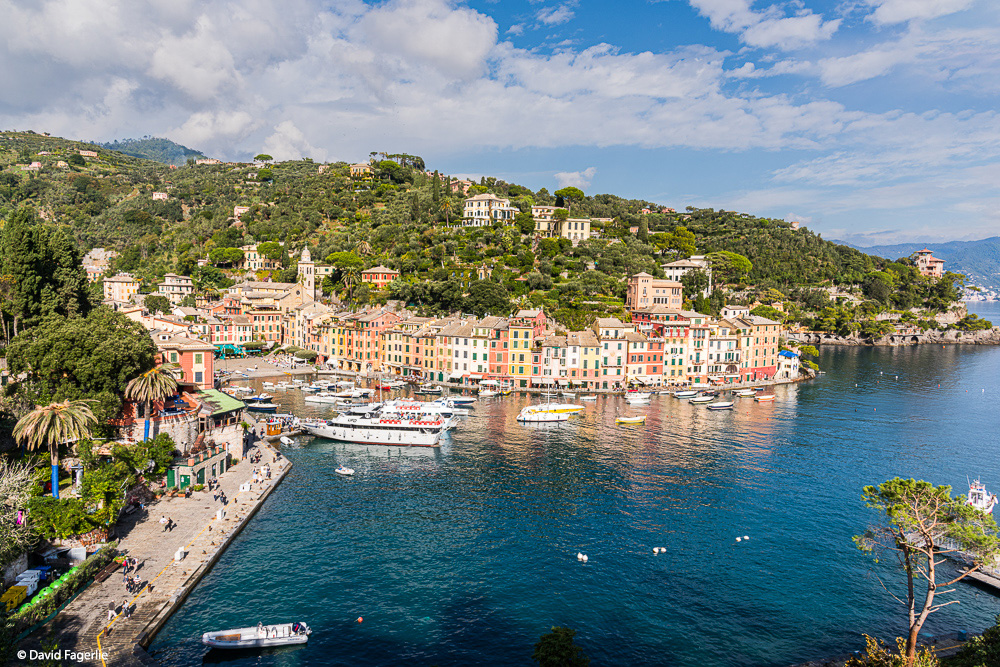
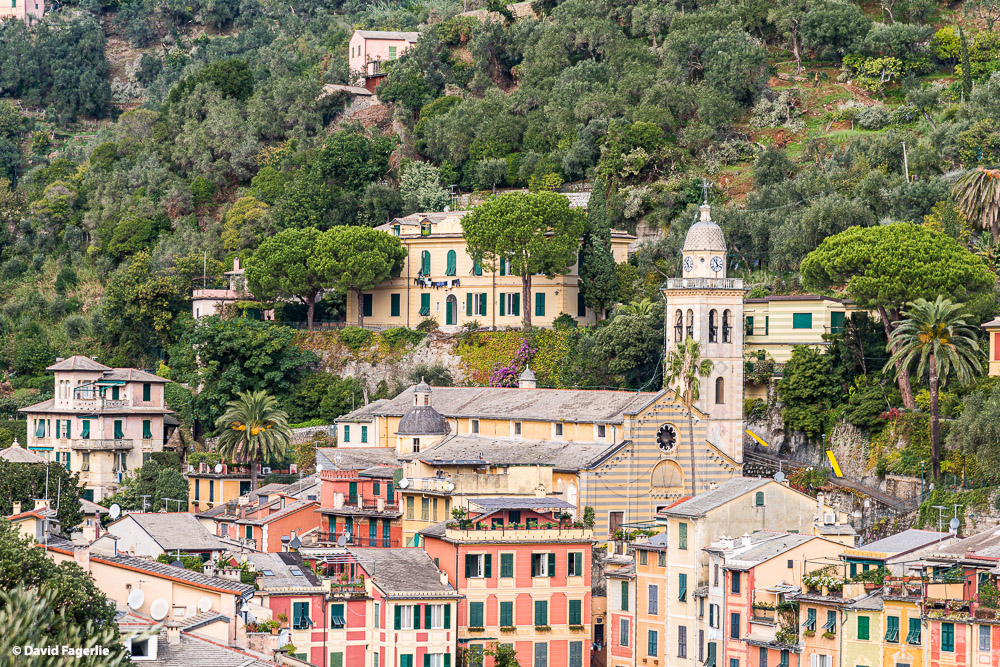
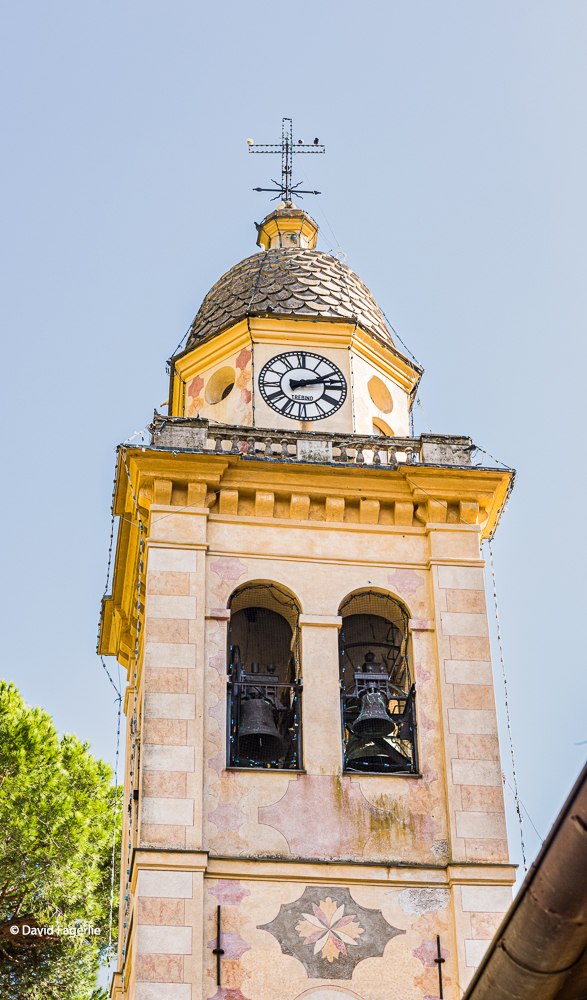
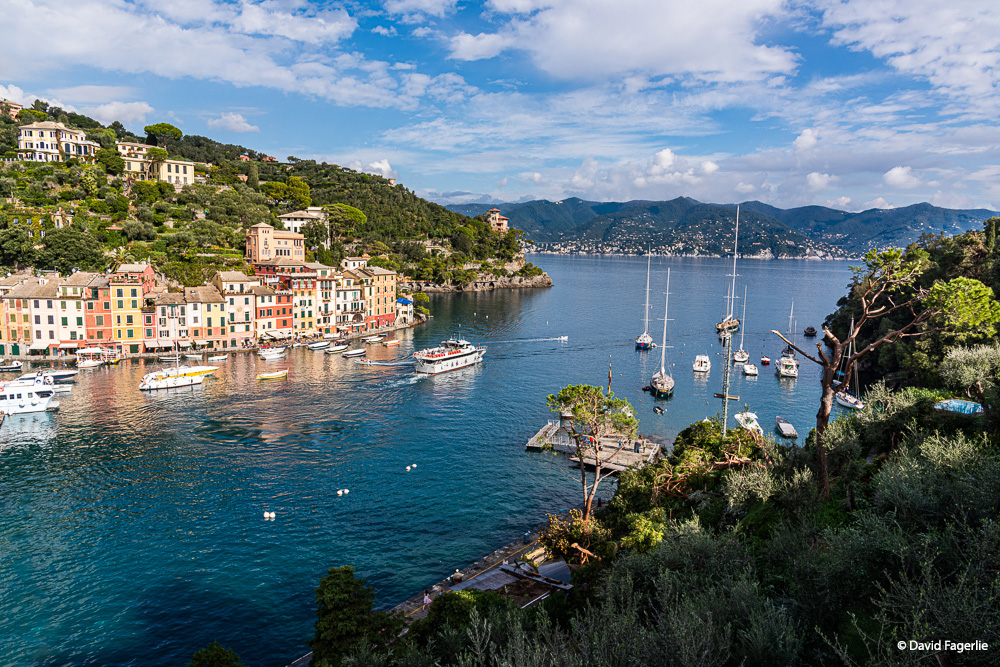
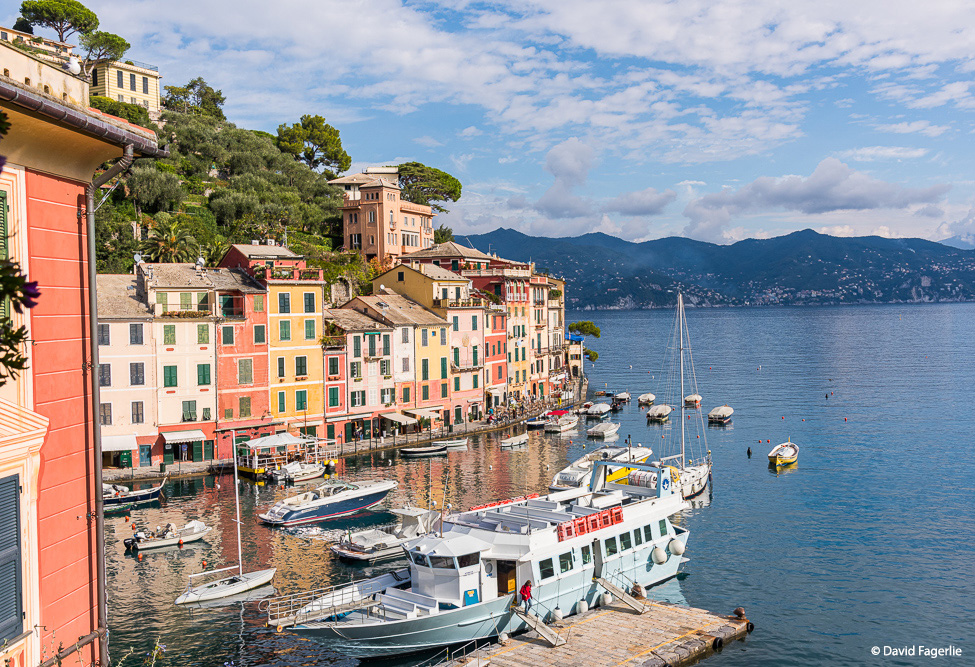
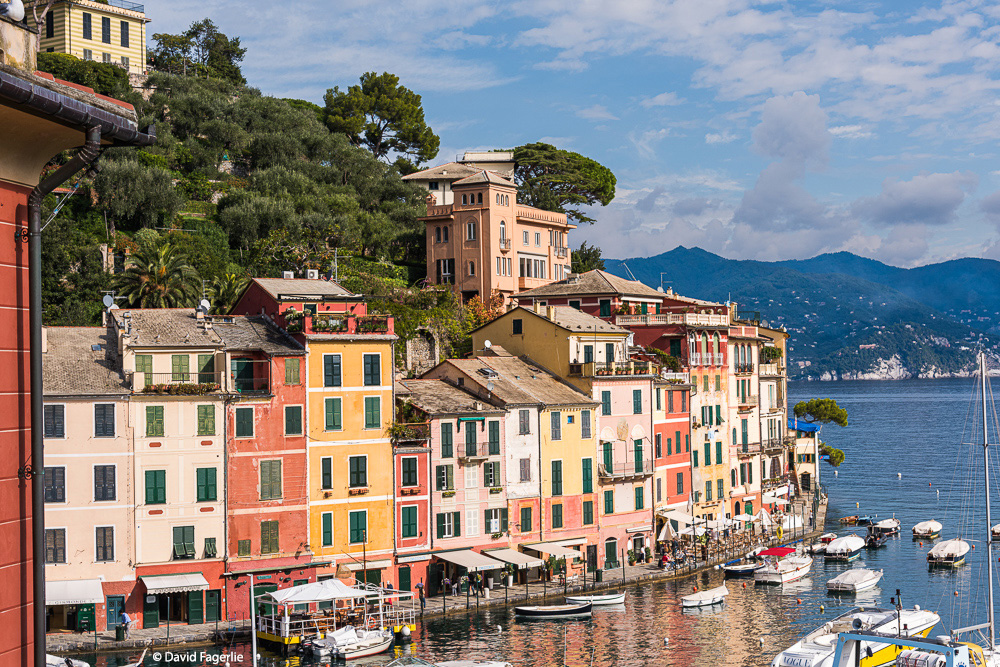
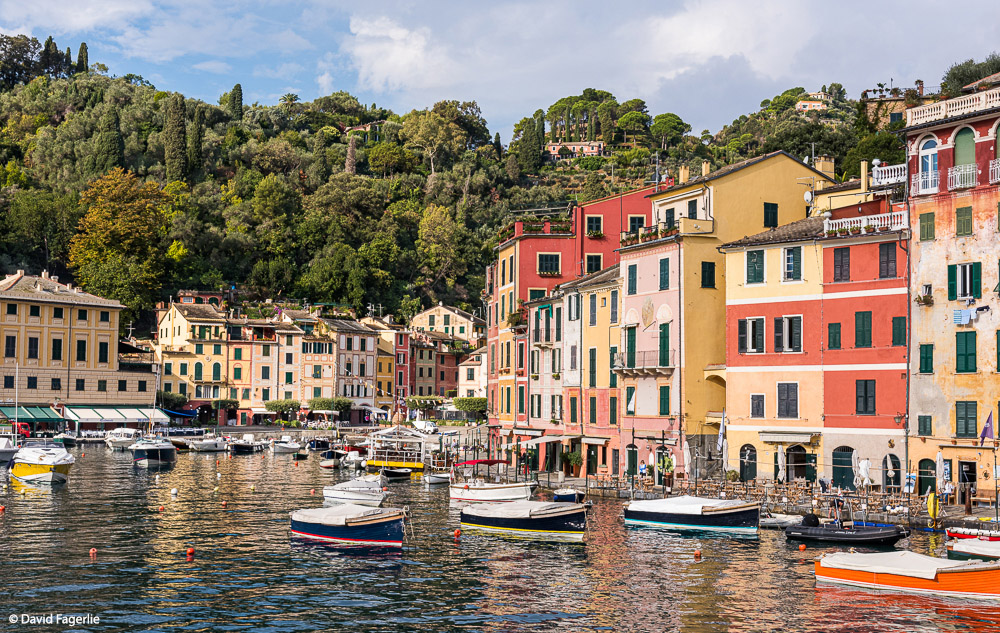
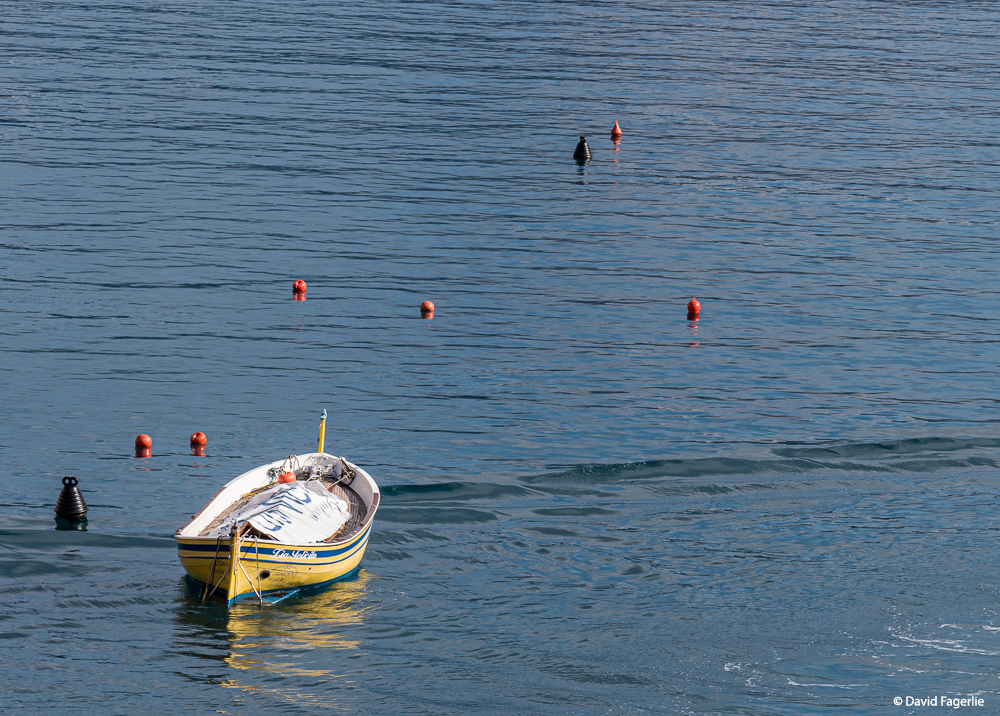
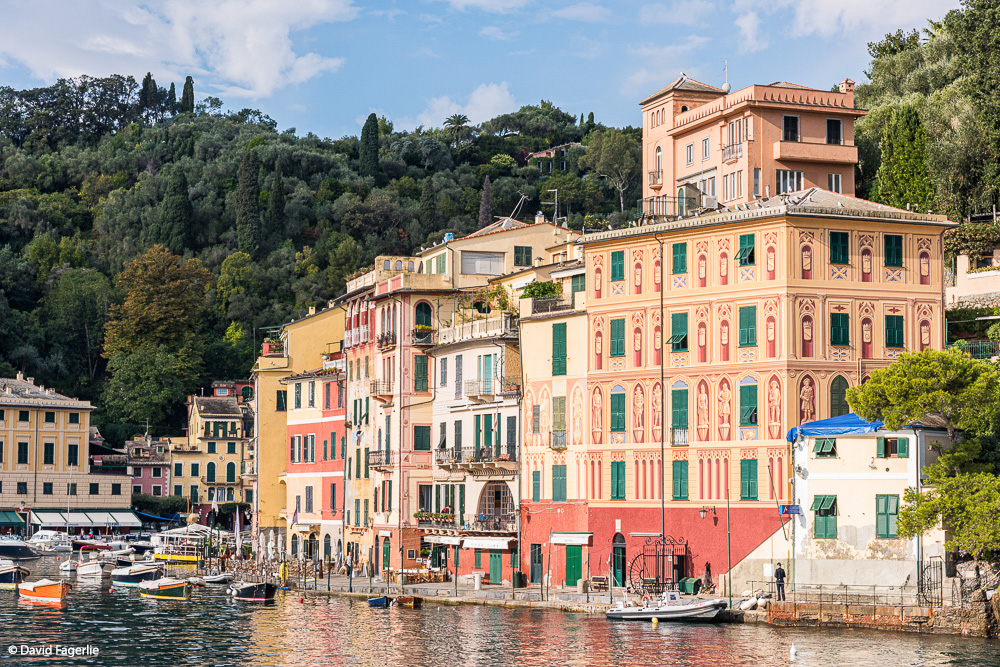
Further south and as the shoreline winds to the east there are extravagant mansions at shoreline and higher on the bluffs. The square light-colored mansion (among the photos below) belongs to billionaire Silvio Berlusconi, a media-mogul who served as prime minister of Italy in four governments and is the longest serving post-wartime prime minister in Italian history.
Portofino is a play land of the rich and famous. It is an expensive place to live or visit. Along with Berlusconi’s vacation mansion, other vacation homes belong to celebrities such as fashion luminaries Georgio Armani, Domenico Dolce and Stefano Gabbana. Others that have been seen in Portofino with some regularity include “Italian inventor Guglielmo Marconi, Sir Winston Churchill or Rainier III, Prince of Monaco and Princess Grace.
Starting from the 50s of 20th century a lot of Hollywood stars, famous actors and singers began to spend their holidays in Portofino: among others Rex Harrison, Rita Hayworth, Liz Taylor, Richard Burton, Clark Gable, Humphrey Bogart, Ava Gardner, Vittorio Gassman, Marcello Mastroianni, Robert De Niro, Liza Minnelli, Alain Delon, George Clooney, Madonna, Peter Gabriel, Denzel Washington, Ringo Starr, Barbra Streisand, Rod Stewart.” – The Portofino Coast World
There is no parking in the area, unless you ride a motor-scooter?
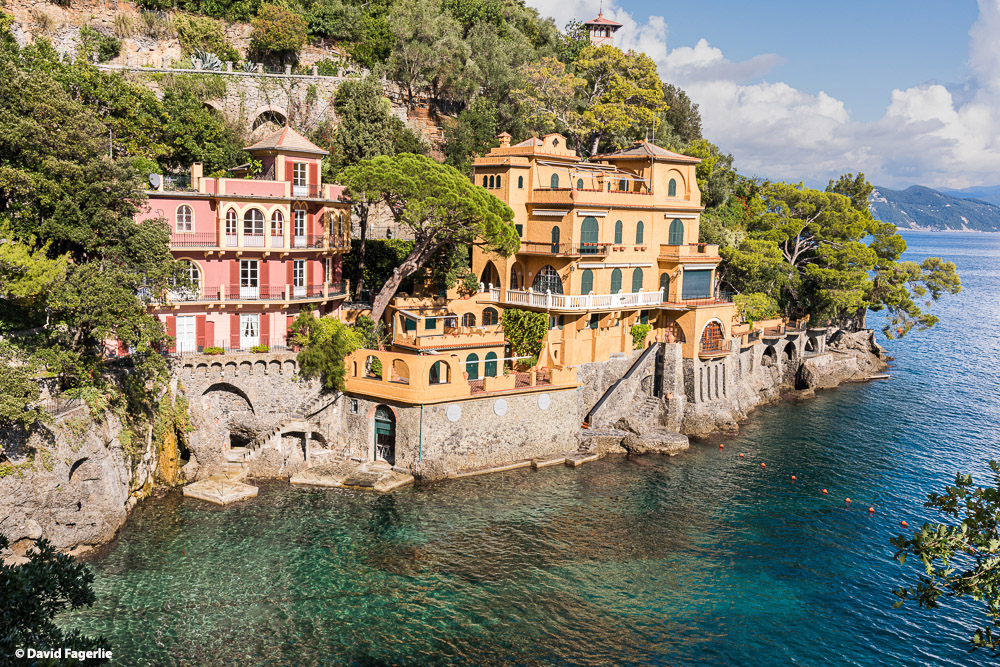
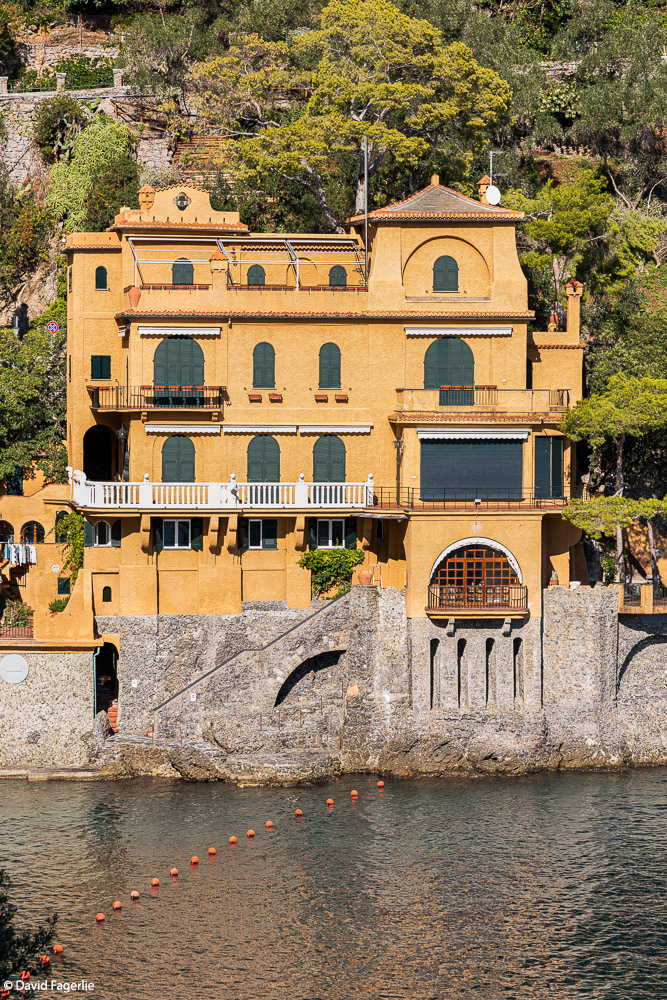
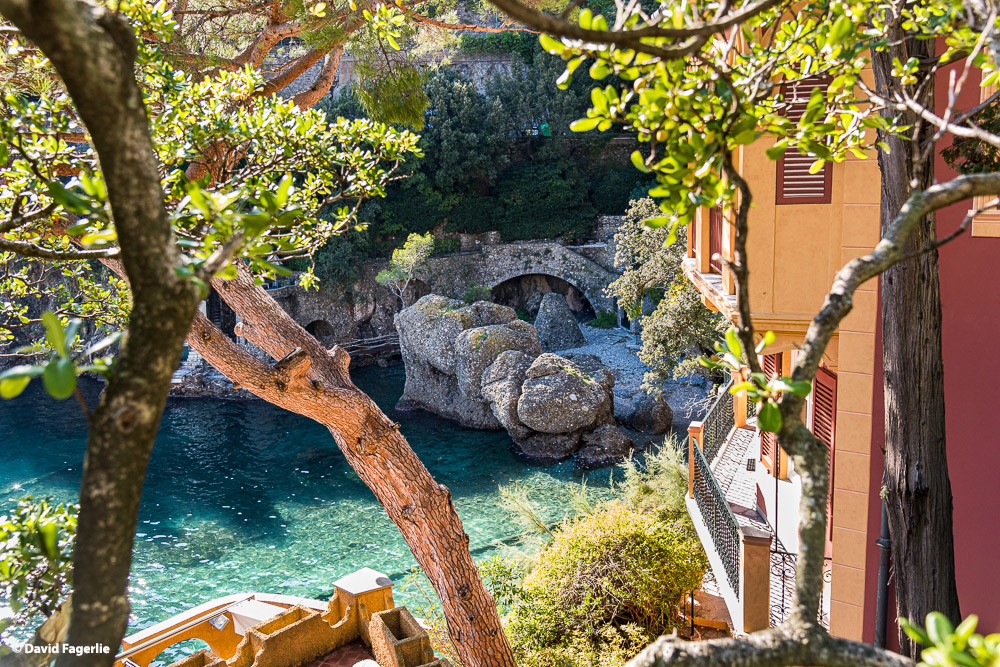
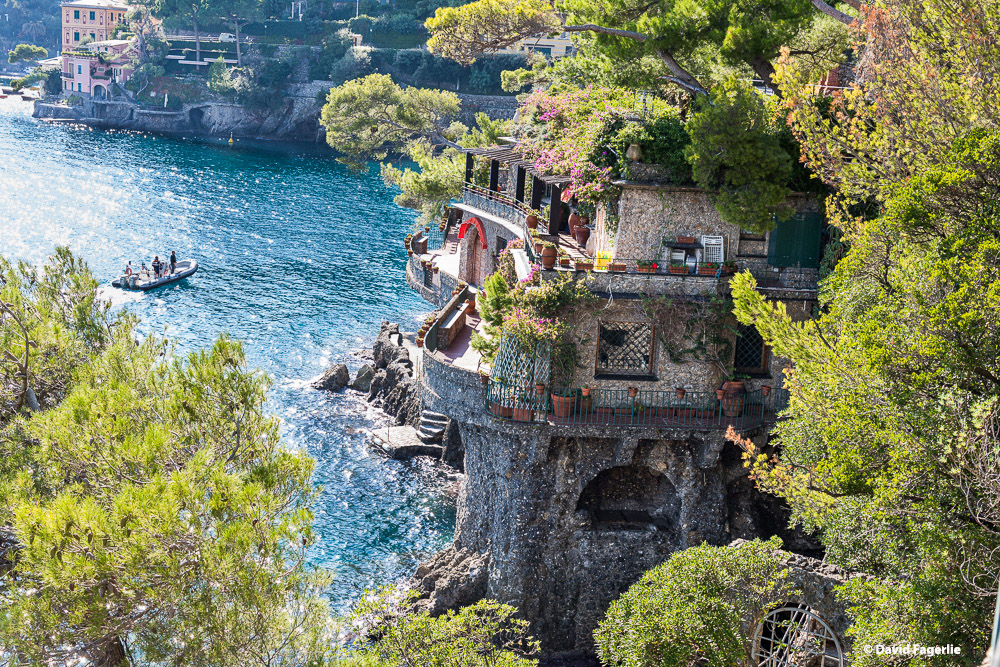
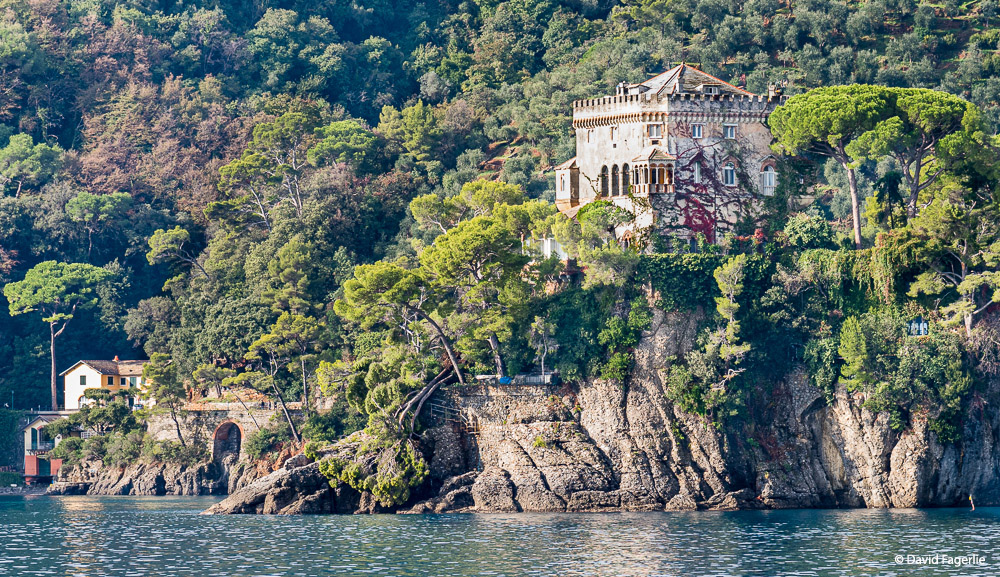
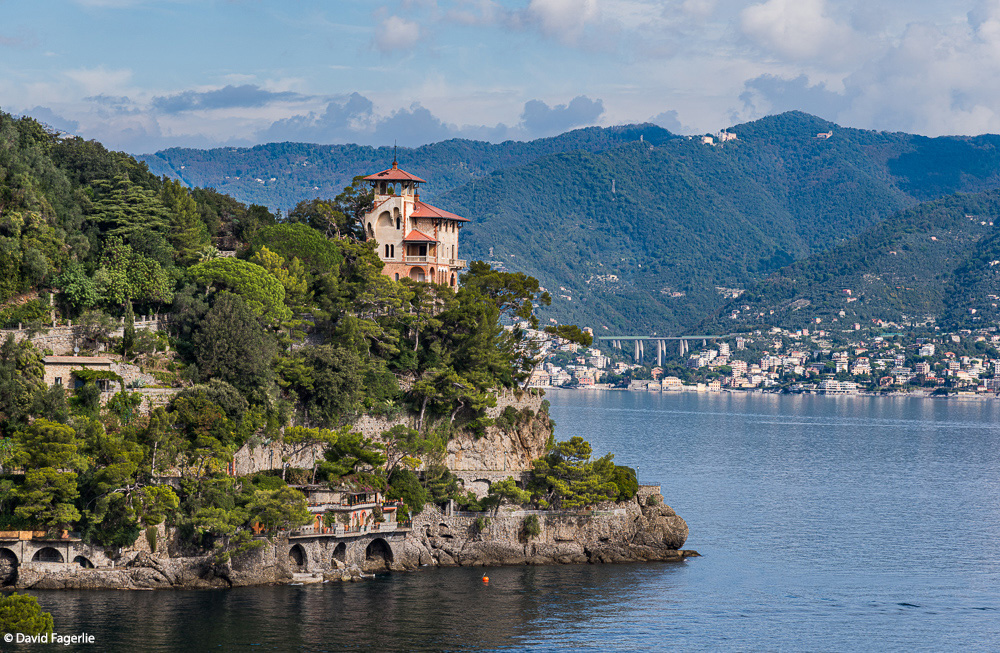
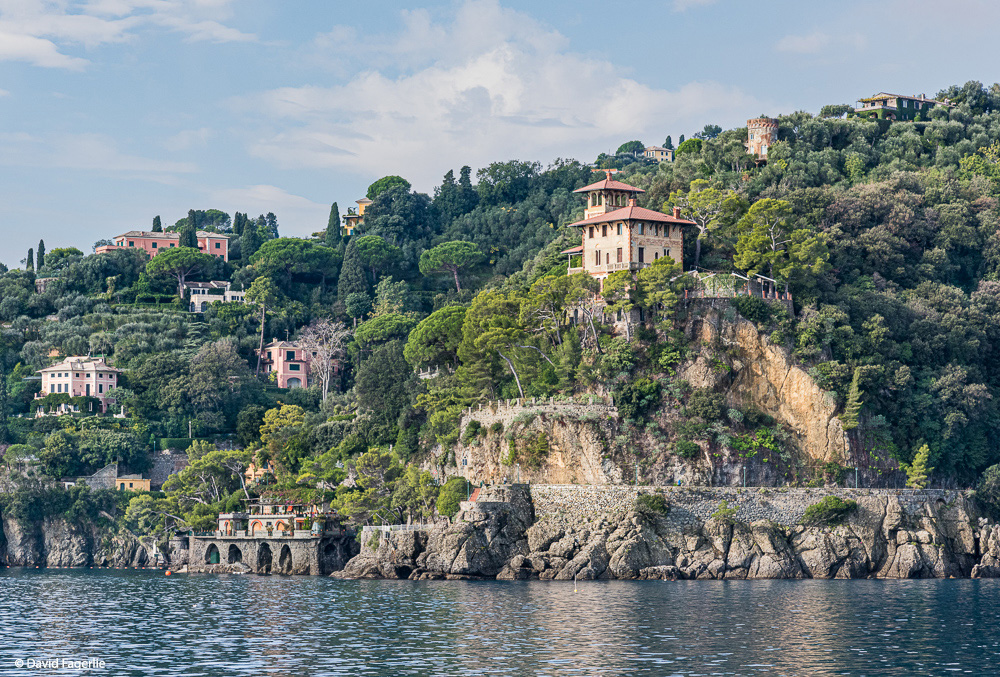
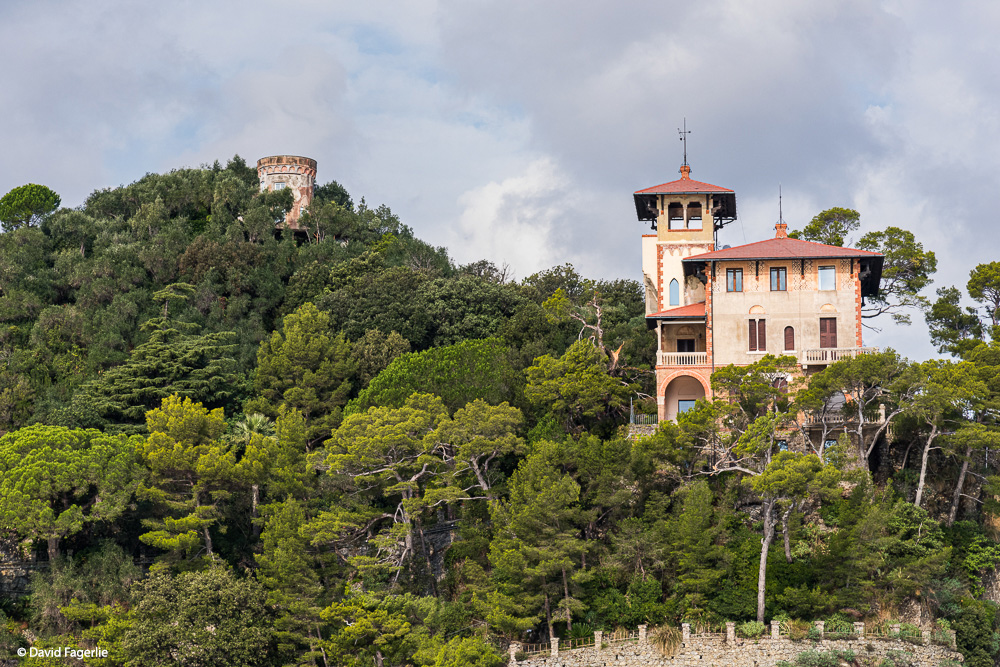
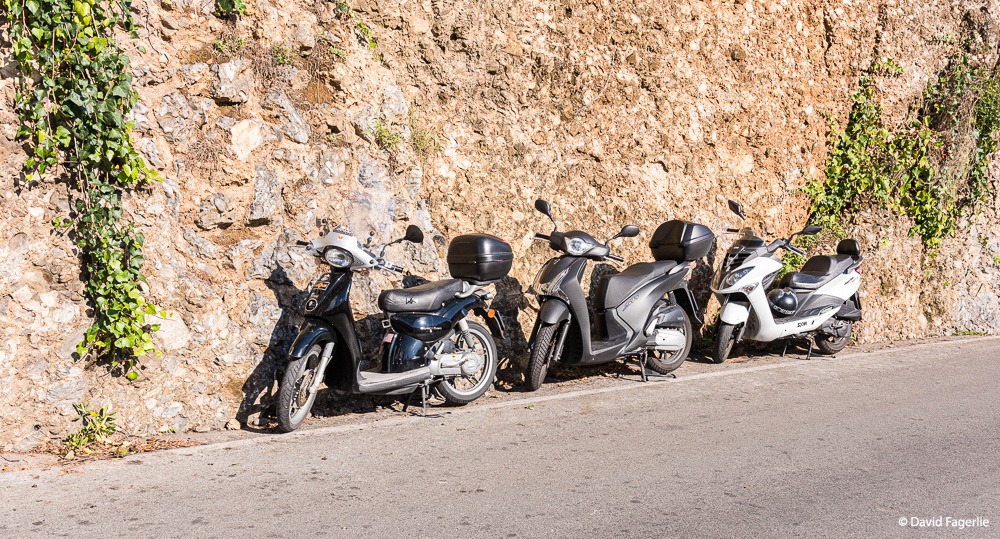
Being a resort town, it seemed appropriate that one could buy a Pope beach towel. All of my high elevation Portofino photos were taken from the Church of San Giorgio. I guess the best real estate is available if you get there early? Construction of the Baroque-style church started in year 1154. Structural revisions were made in 1691 and again in 1760 when the road up to the hilltop was widened. The church was bombed in World War II and reconstructed in 1950 to the construction standards of the 1760 revisions. I liked the door and the statue.
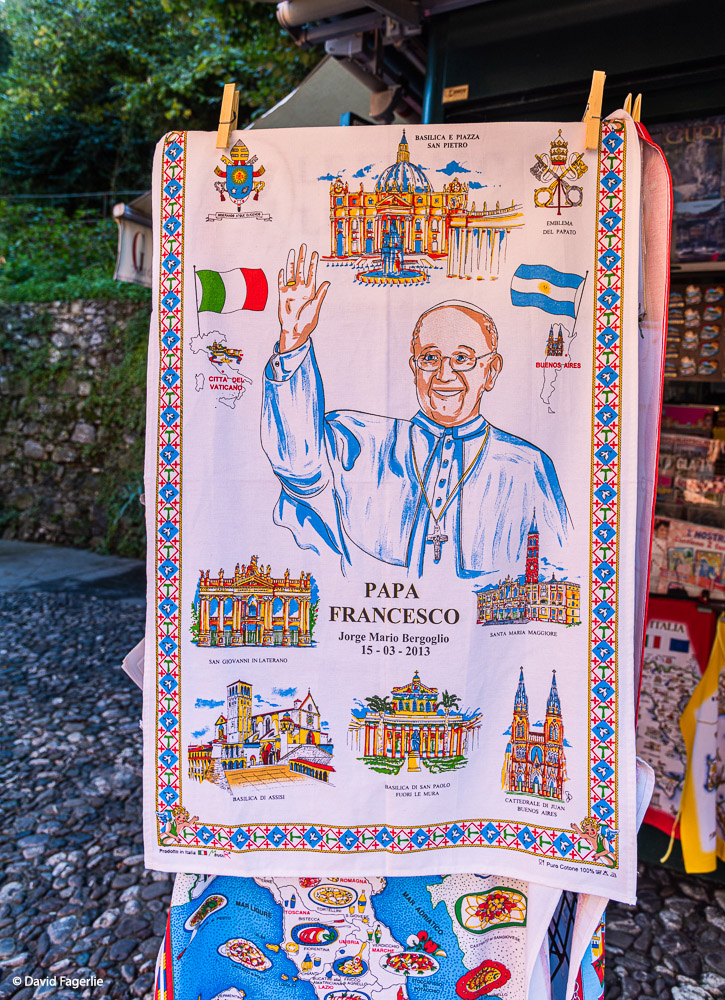
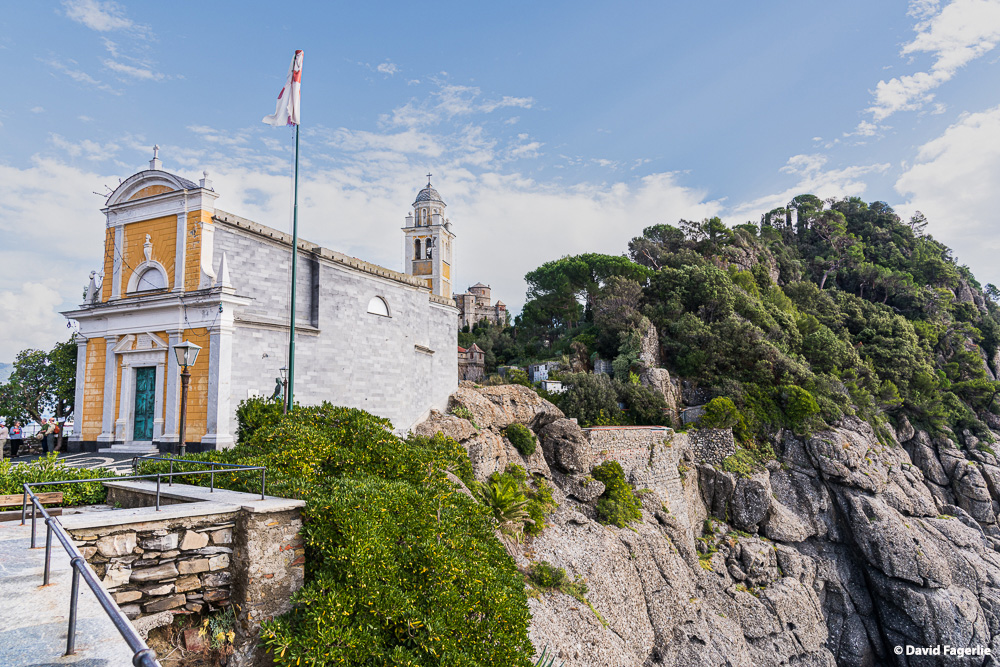
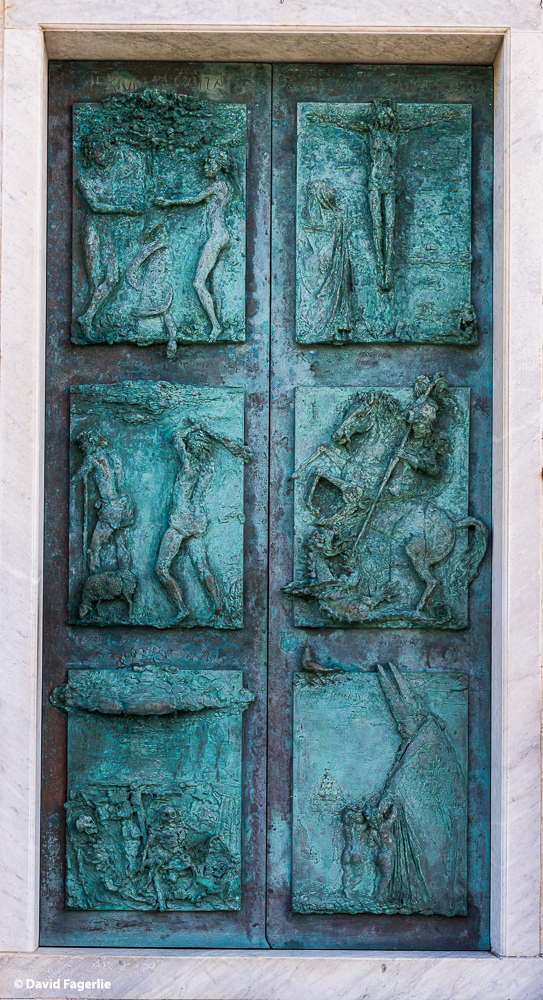
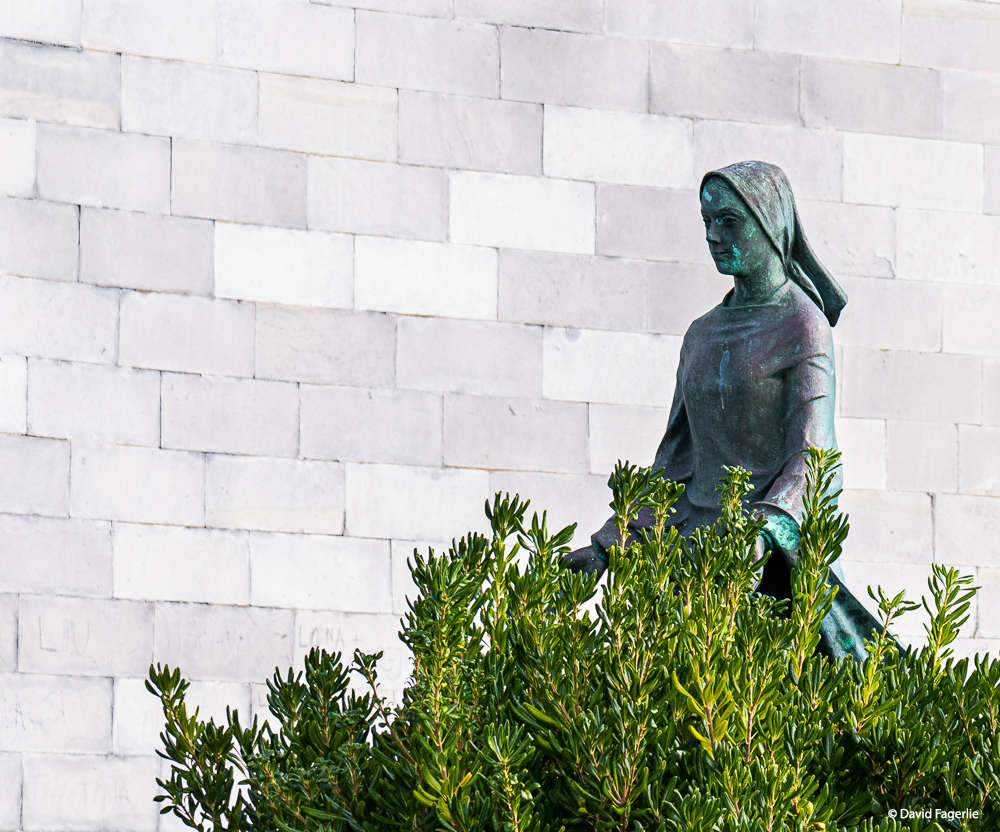
Lucca
In Tuscany, west of Florence and near the Ligurian Sea is the walled city of Lucca. Lucca was founded in the 3rd century BCE by the Etruscans in an area they called “Luk,” meaning marsh. Lucca became a Roman colony in 180 BCE. By 56 BCE relations between Julius Caesar and his political partners were fraying. Caesar invited Gnaeus Pompeius Magnus and Marcus Licinius Crassus to meet with him in Lucca, a meeting known as the Lucca Conference, to reaffirm their political alliance known as the First Triumvirate. Like other cities in Italy, Lucca suffered numerous attacks and domination by various kingdoms including being ruled by Napoleon starting in 1805.
It was pouring rain when we were there, which dampened our ability to enjoy the town’s plazas and coffee shops. Still I was able to capture a few outside photos and the rain added a dimension to the photos. A place I would have like to have investigated further was the Guinigi Tower, built by the Guinigi family, wealthy merchants, in the 1300s. They planted Holm oaks on its summit to represent rebirth and renewal. If you look closely you can see one hearty person at the top of the tower in the rain.
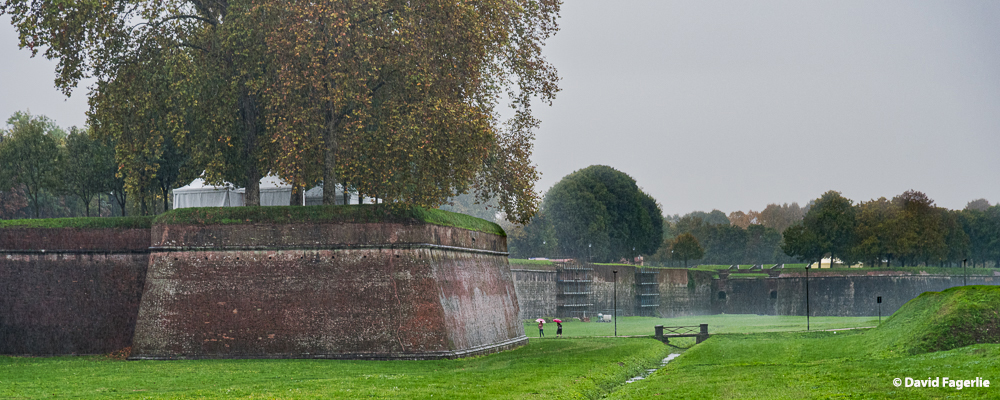
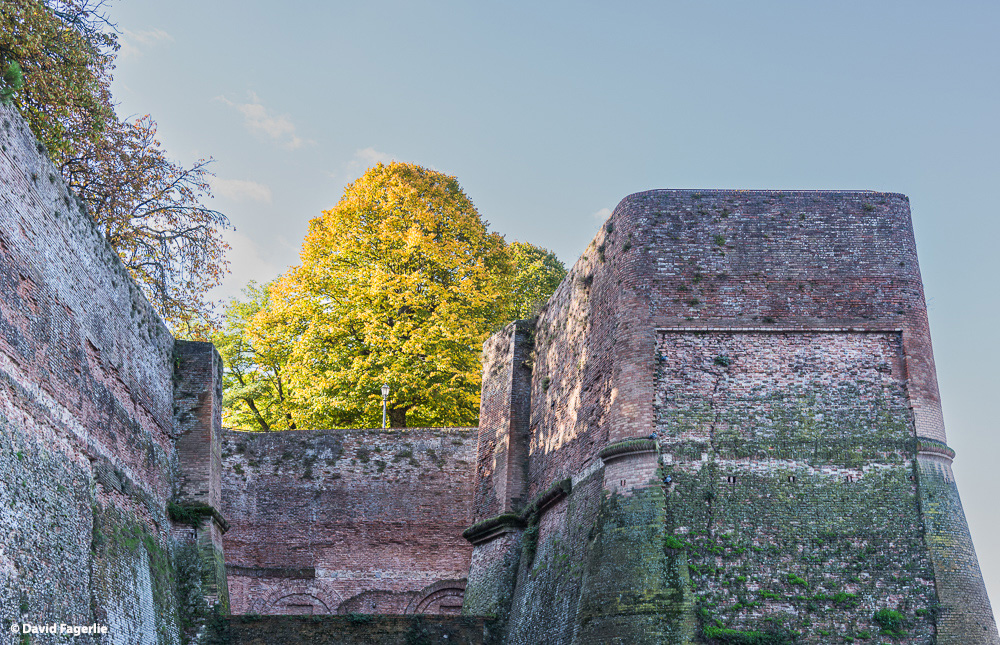
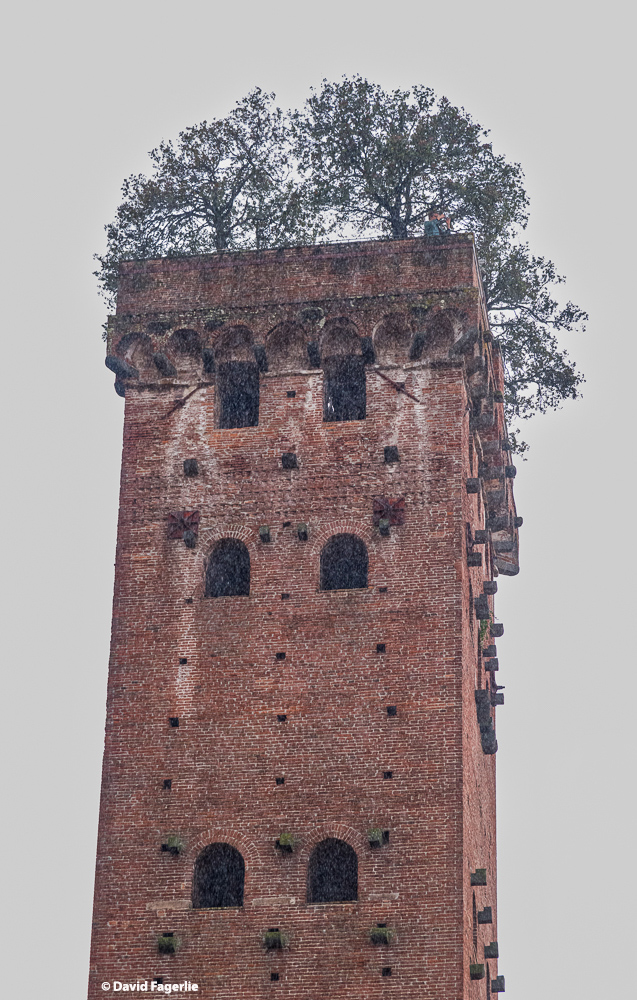
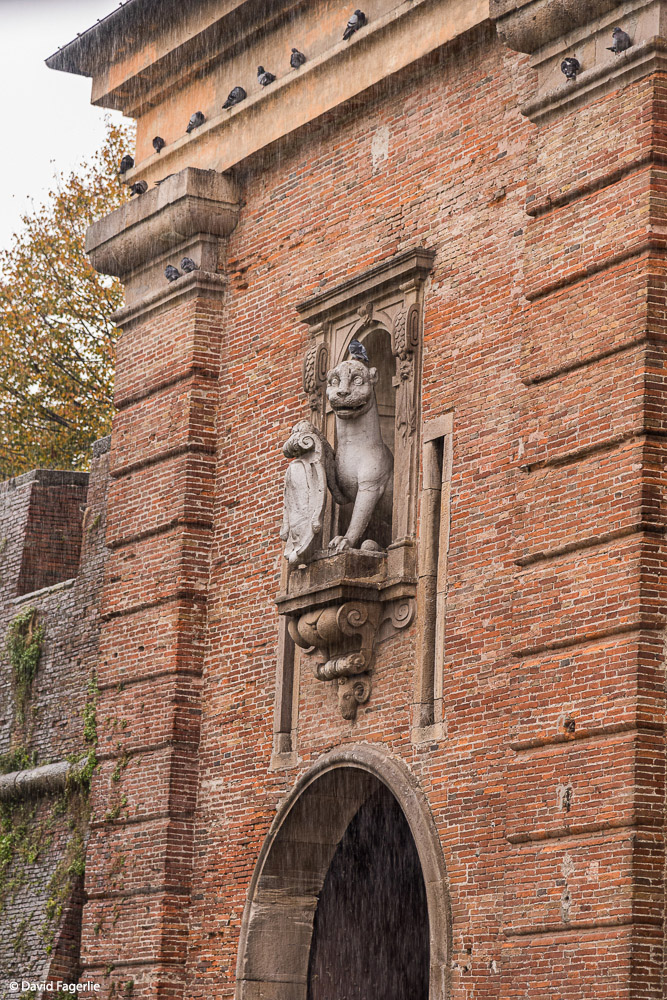
Cathedral of Saint Martin
The Cathedral of Saint Martin, also known as the Lucca Cathedral, was consecrated in 1070 by Pope Alexander II, formerly the Bishop of Lucca. The cathedral is the seat of the Archbishop of Lucca. The outer walls are just marvelous.
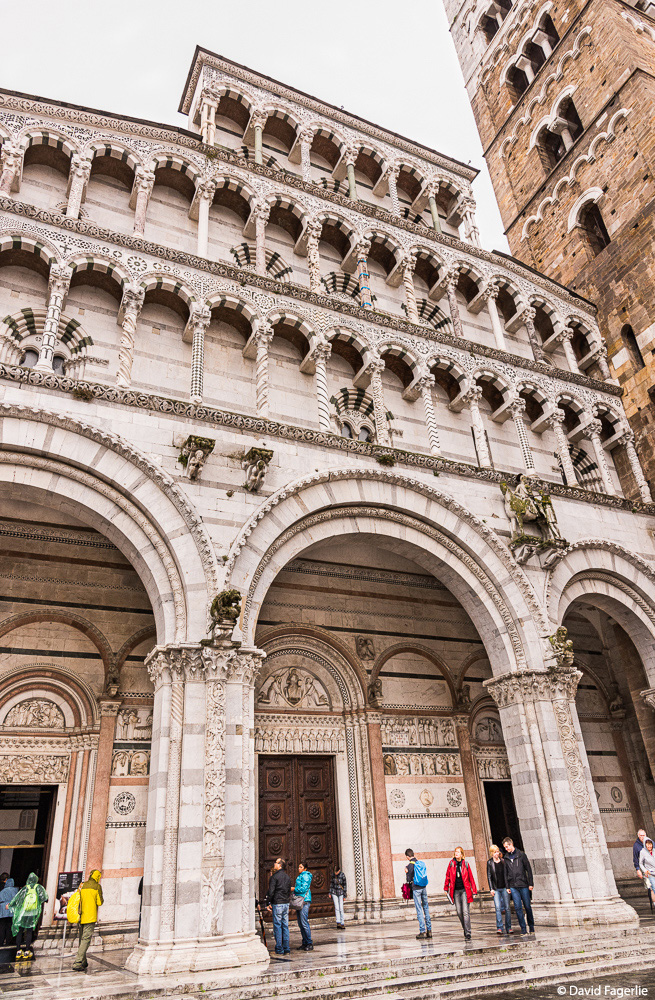
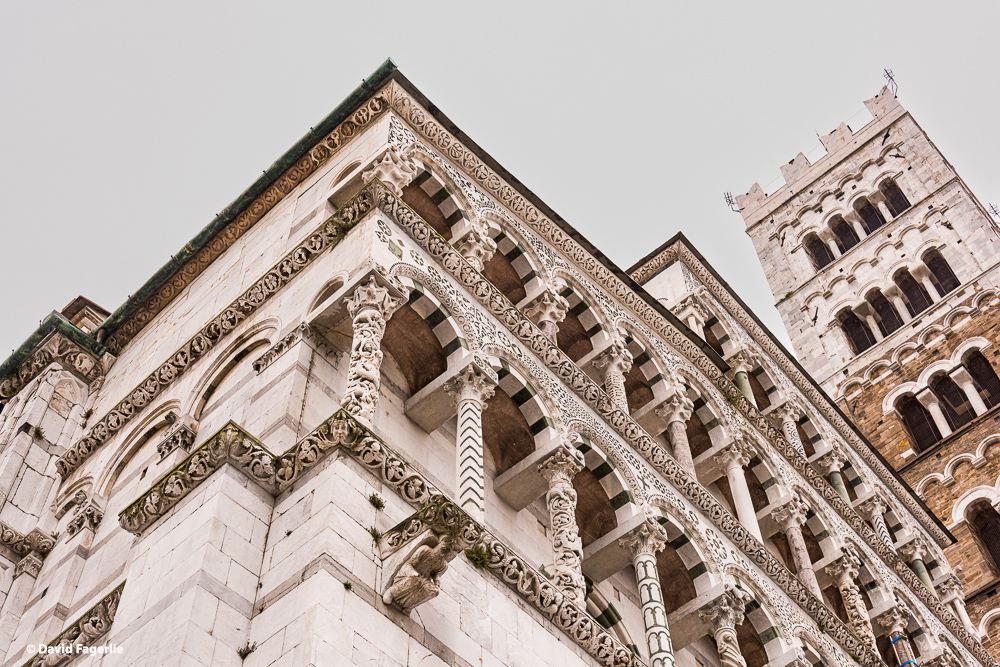
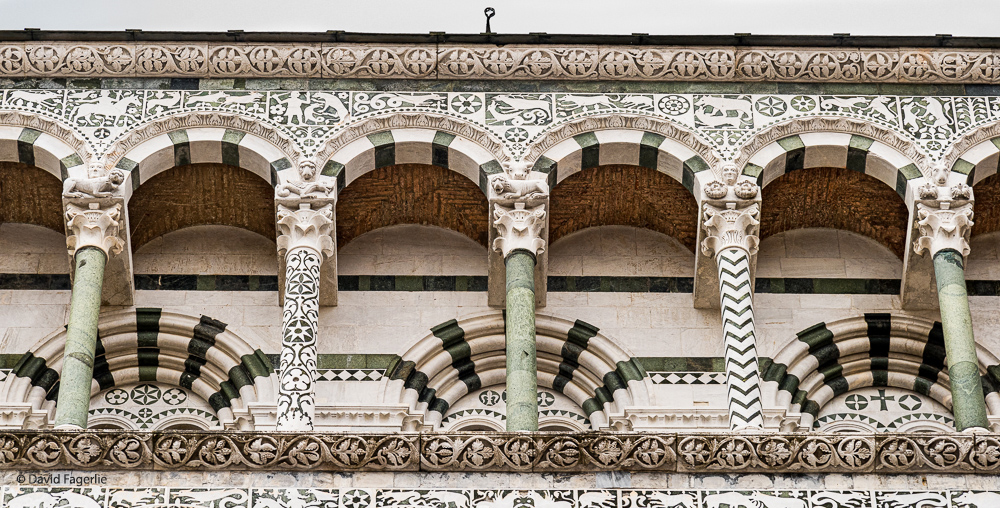
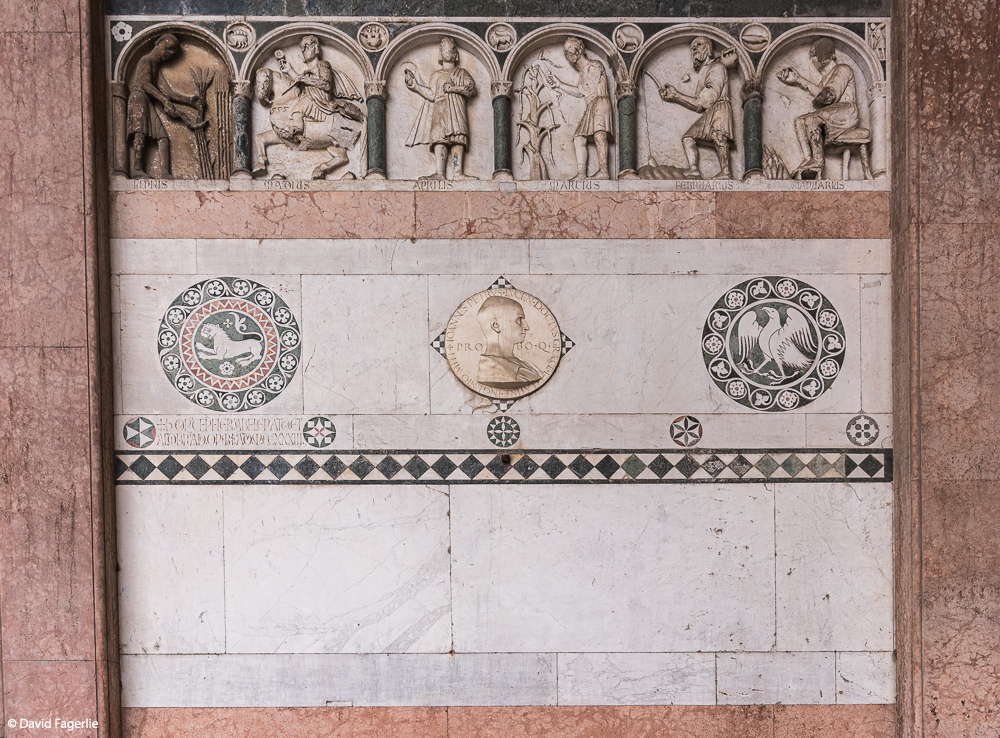
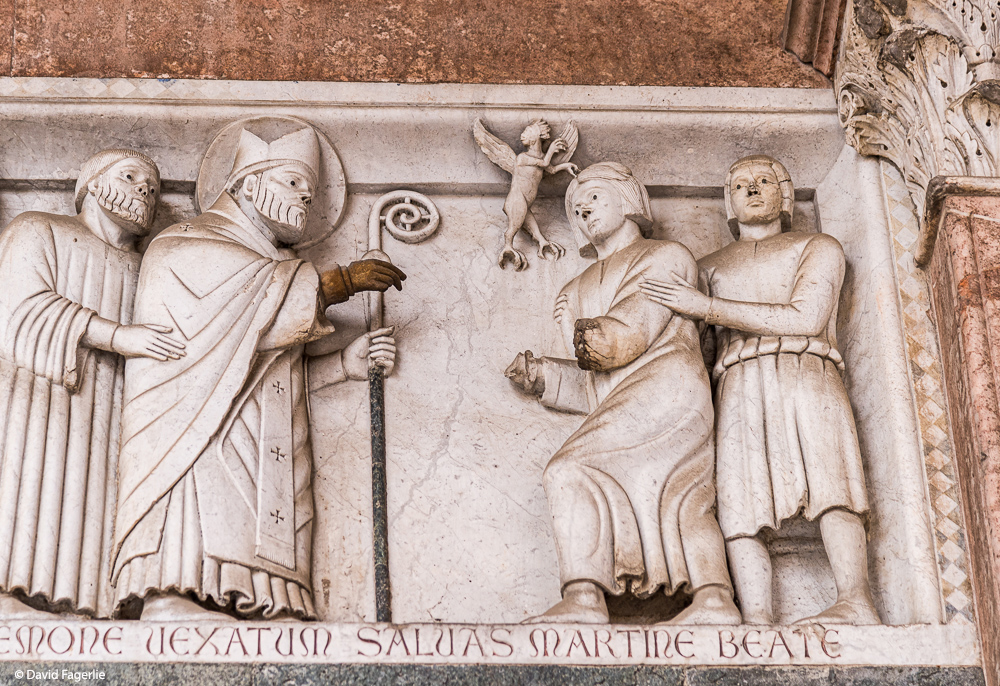
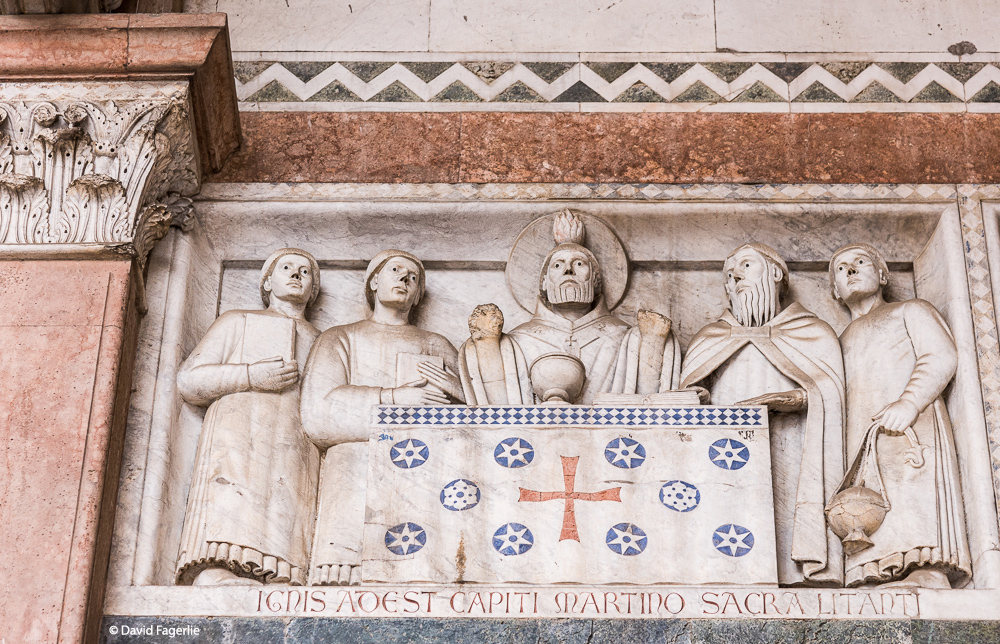

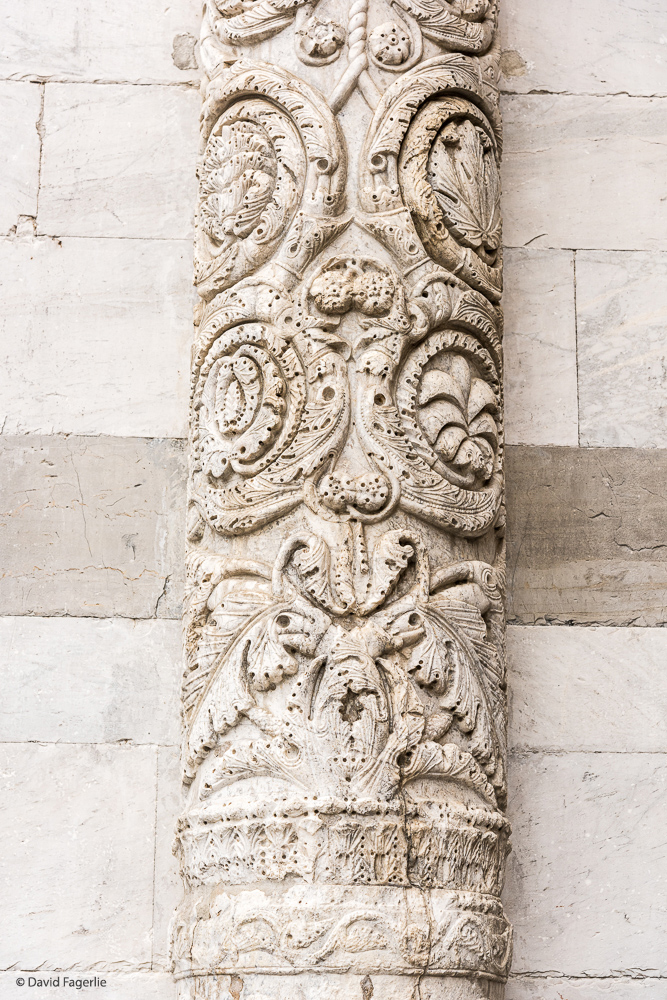

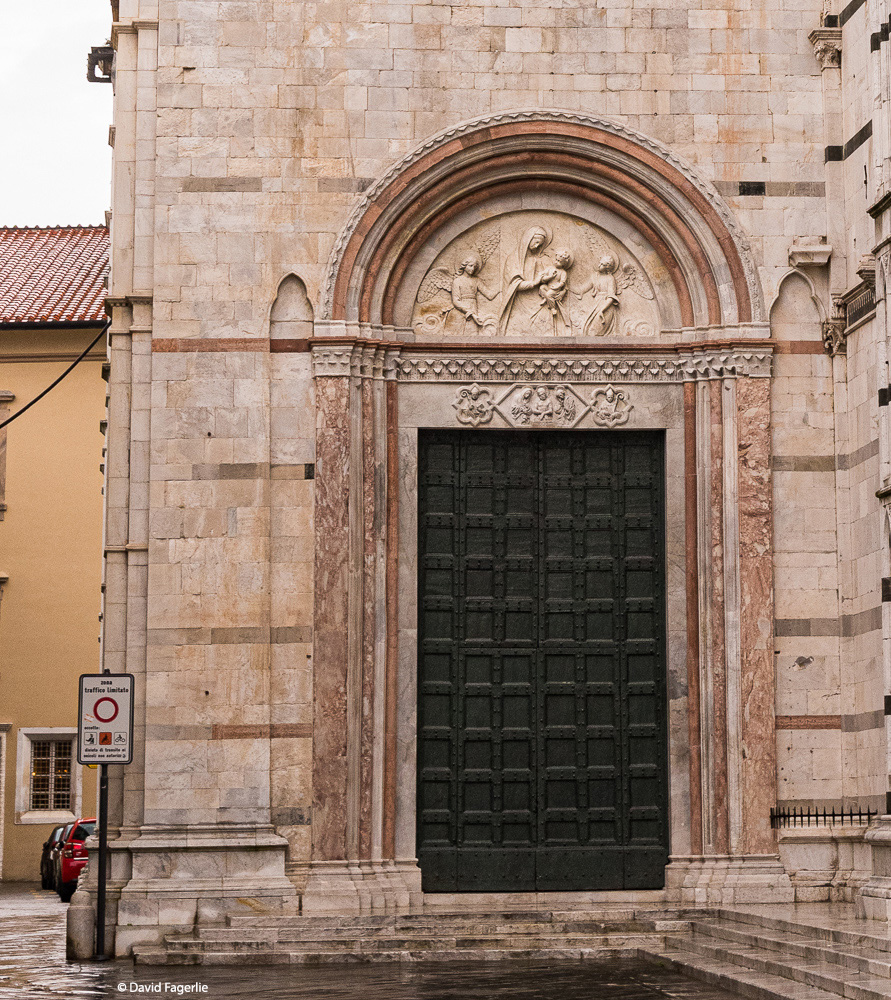
Then, there is this:
“The labyrinth or maze is embedded in the right pier of the portico and is believed to date from the 12th or 13th century. Its importance is that it may well pre-date the famous Chartres maze [on the floor of the Chartres Cathedral in France], yet is of the Chartres pattern that became a standard for mazes. The rustic incised Latin inscription refers to ancient pagan mythology: ‘This is the labyrinth built by Dedalus of Crete; all who entered therein were lost, save Theseus, thanks to Ariadne's thread.” – Wikipedia
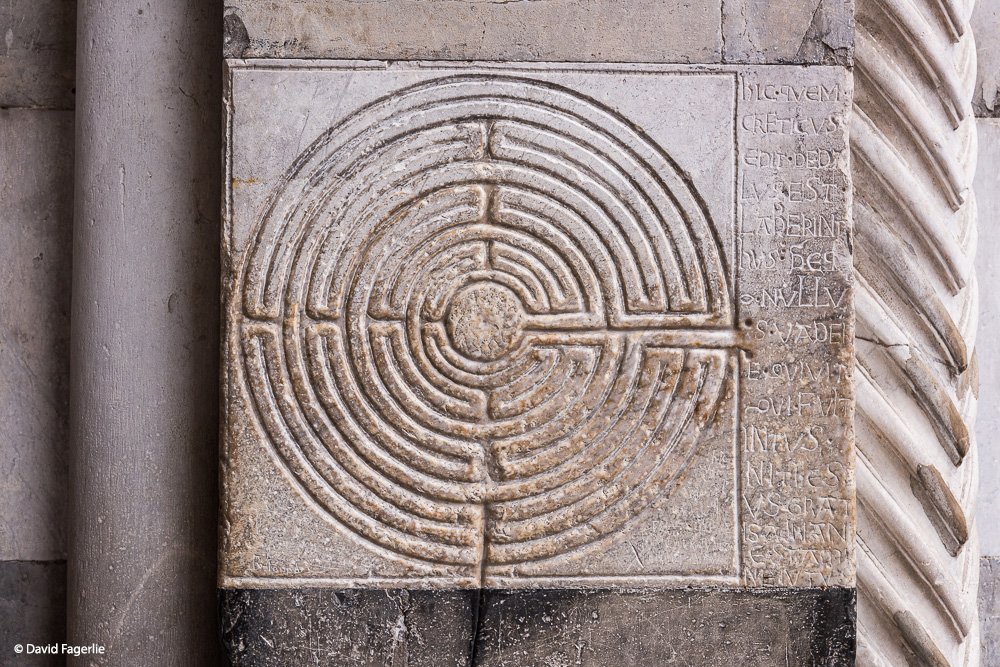
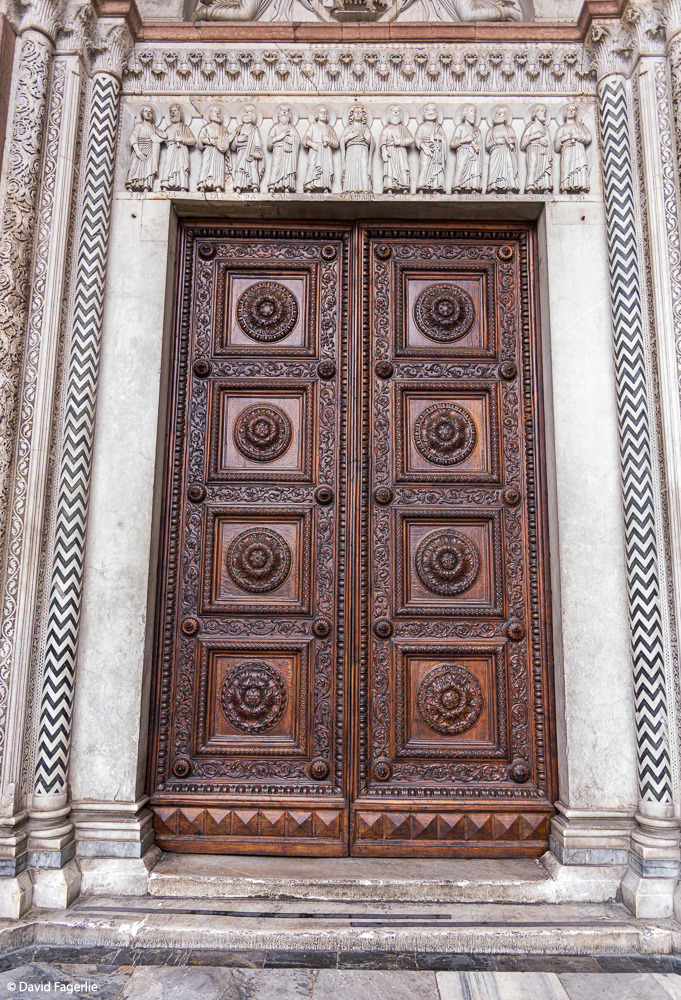
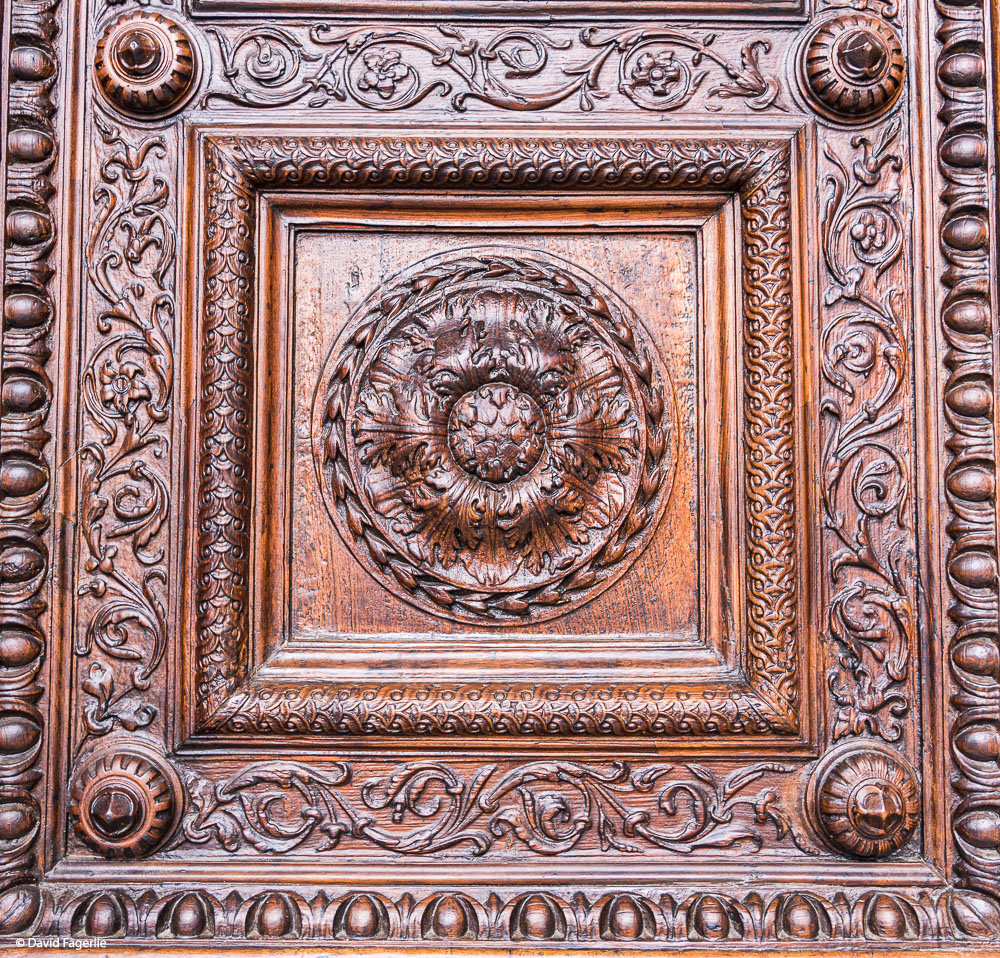
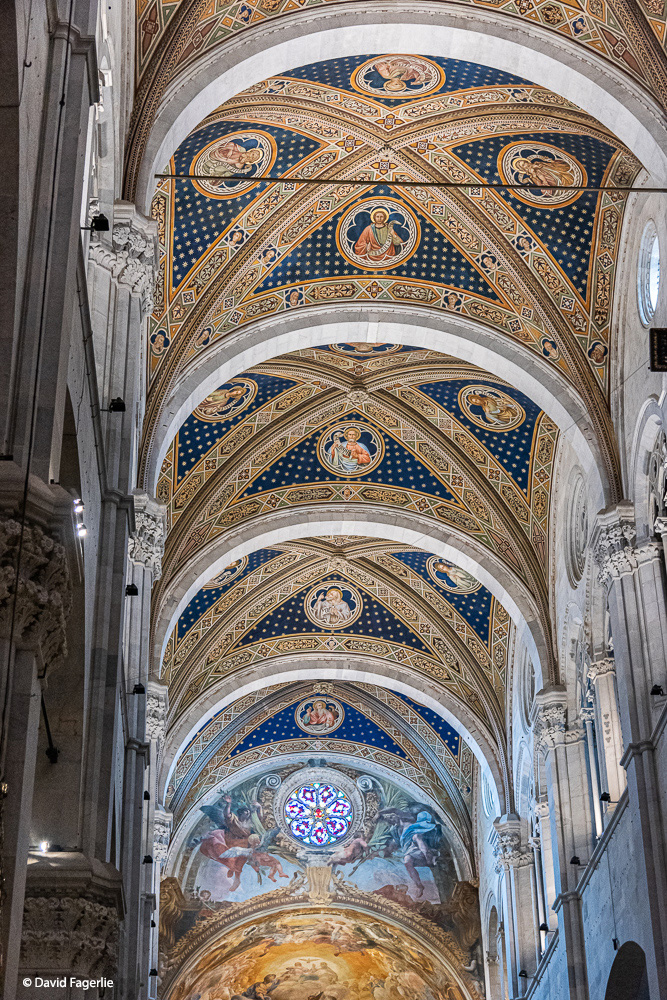
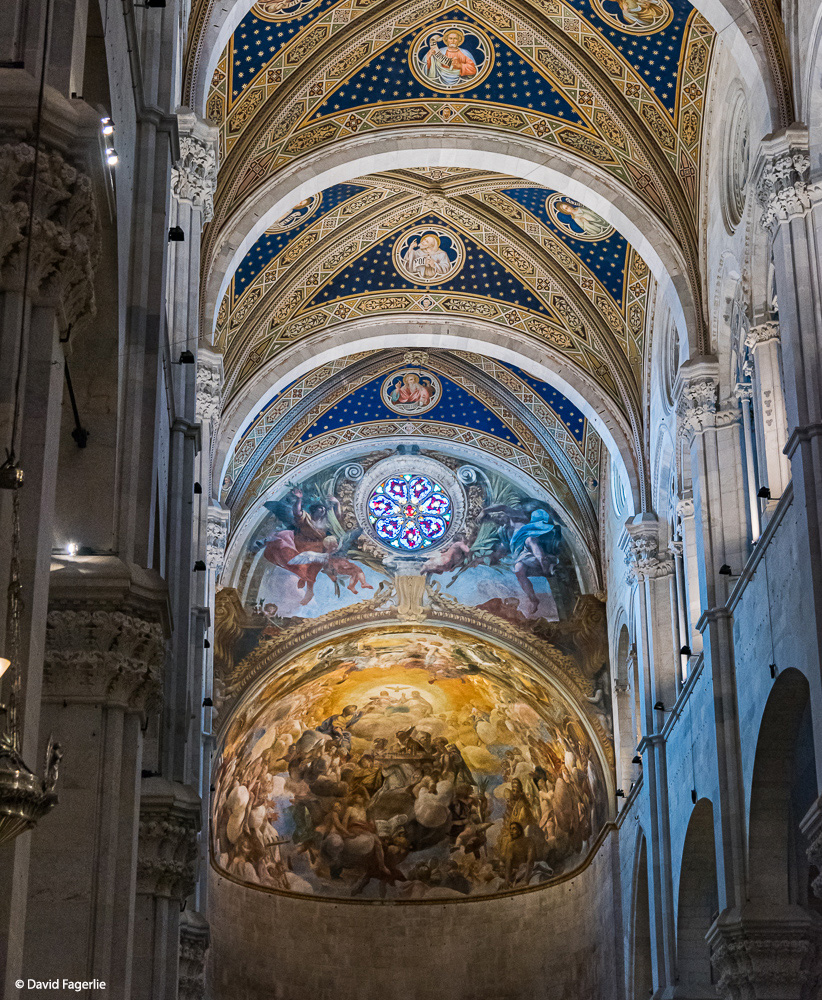
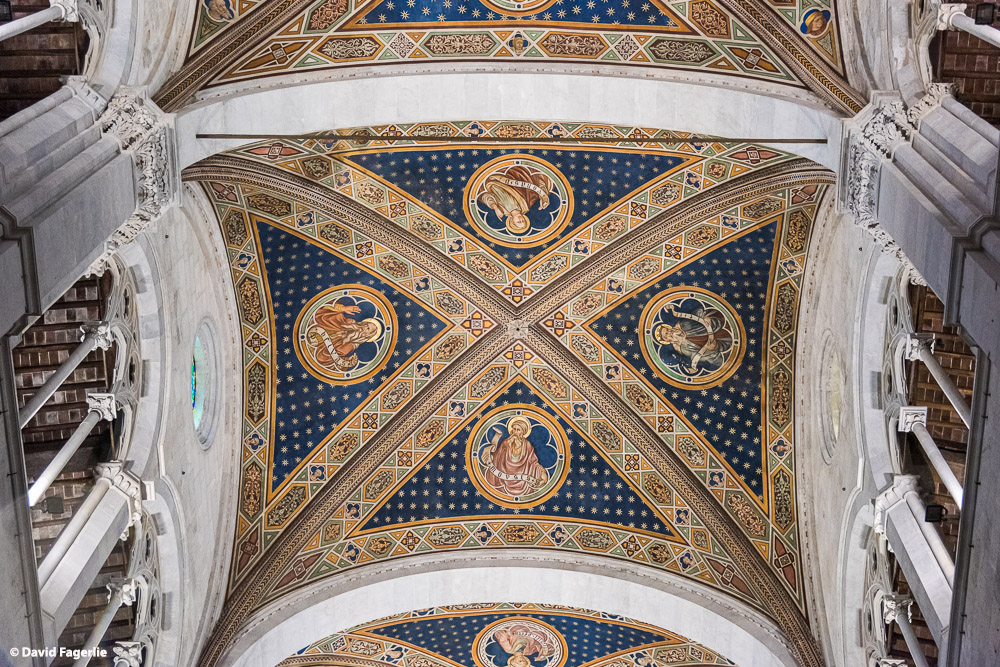
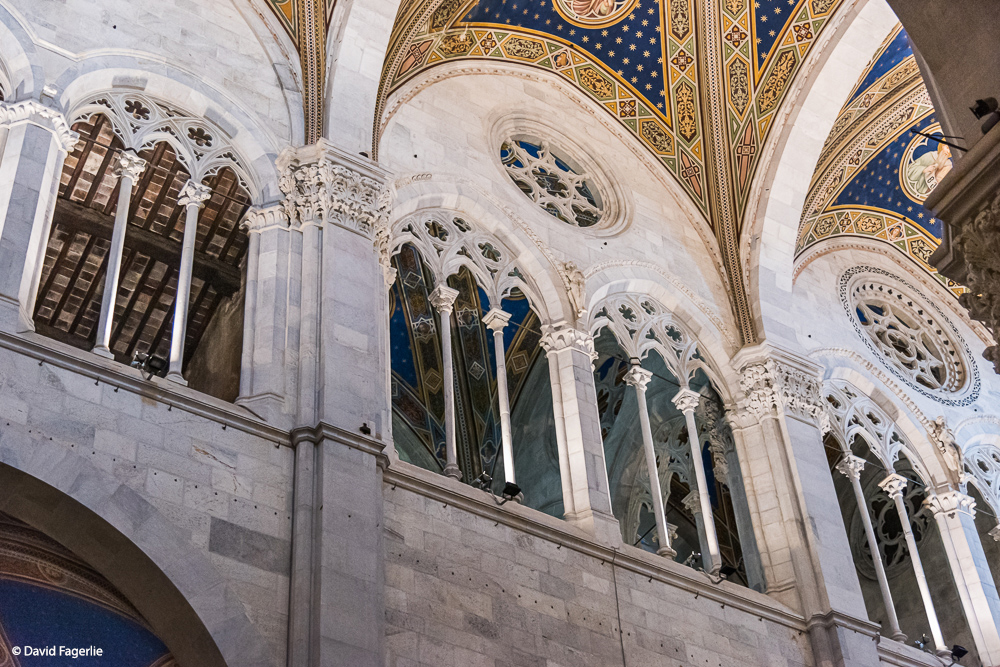
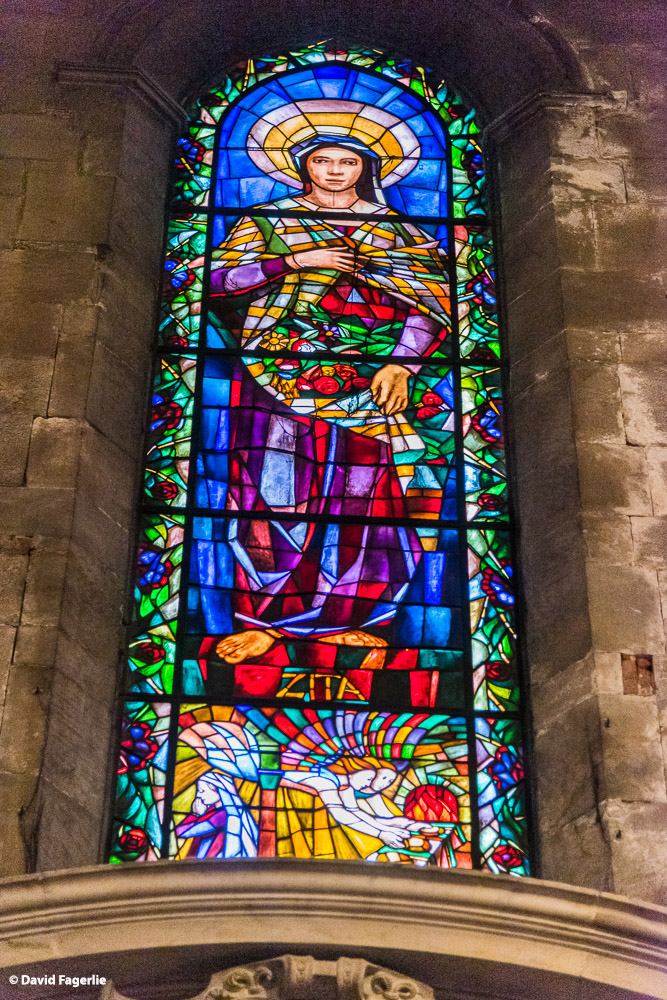
In the nave a small temple/shrine/chapel contains the most precious relic in Lucca. The Volto Santo di Lucca (Holy Face of Lucca). According to legend, this cedar-wood carving of the crucifix and Christ was carved by Nicodemus, a contemporary of Jesus mentioned in the Gospel of John, and miraculously conveyed to Lucca in 782. The chapel was constructed in 1484 by Matteo Civitali, a famous sculptor from Lucca. Following is a photo of the chapel by Jean-Christophe Benoist, then a photo of the artwork by Joanbanjo. I did my best to grab a photo of artwork on the cathedral floor.
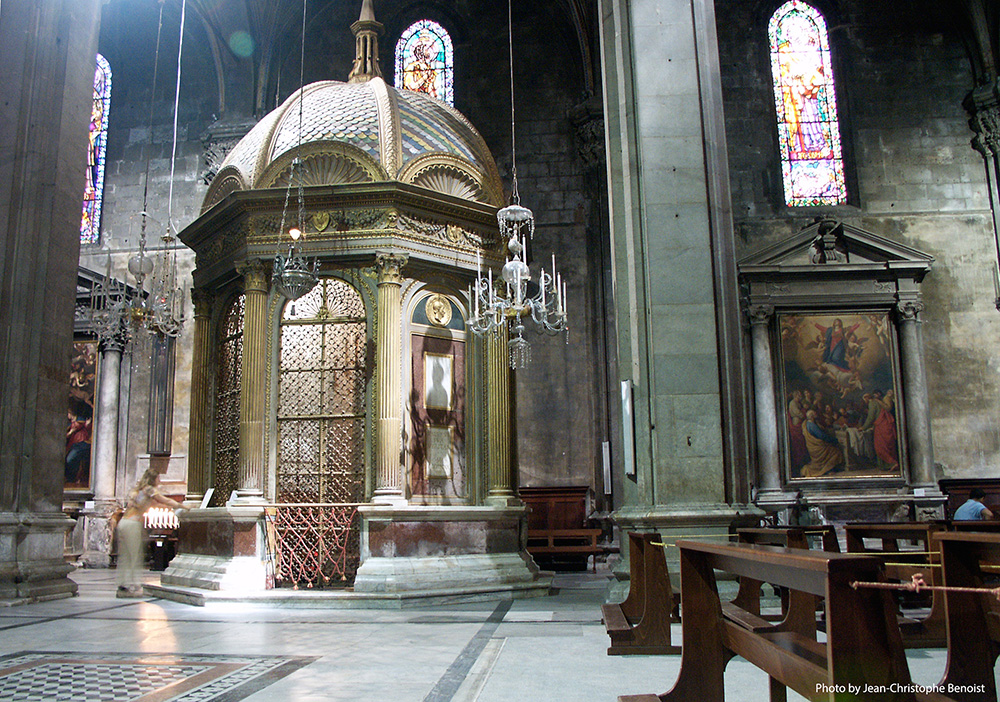
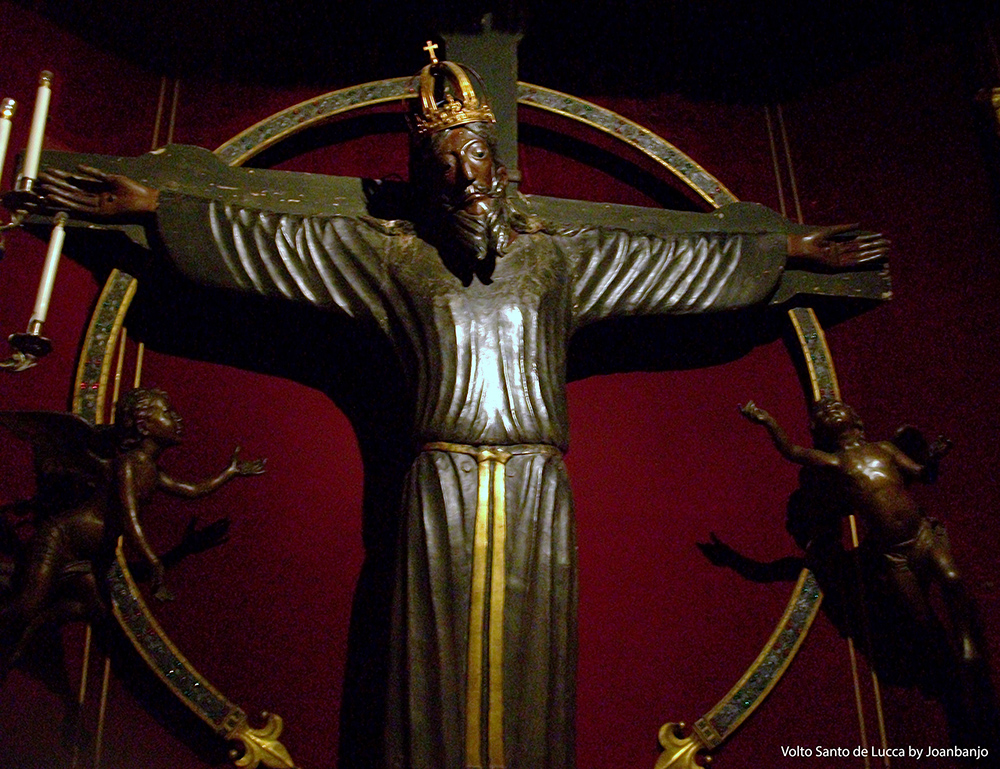
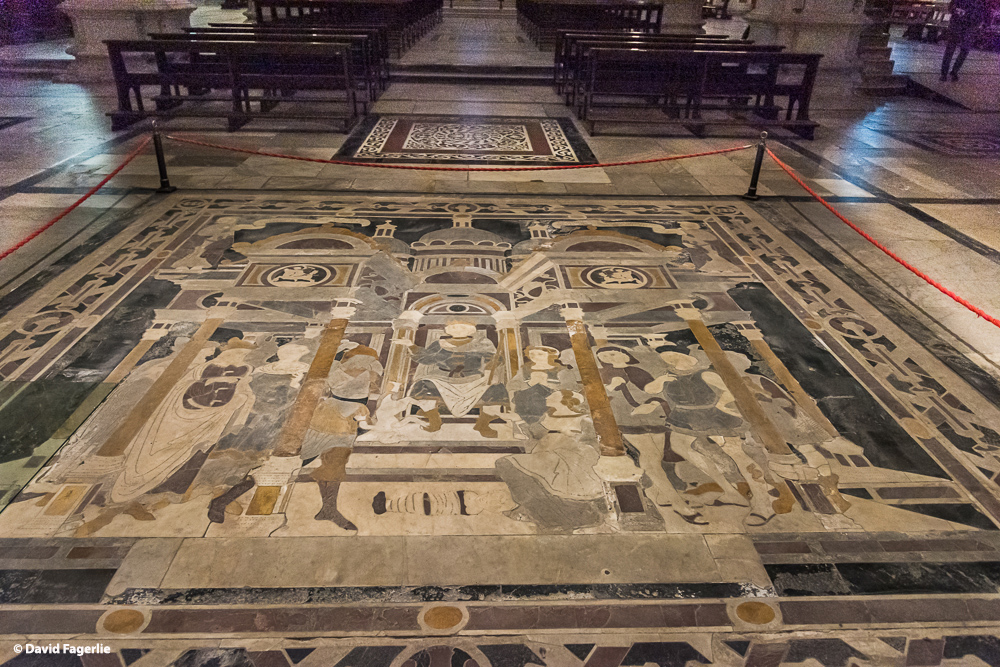
Inside the cathedral is a painting, The Last Supper, by Jacopo Robusti, who was known as Tintoretto. He was a Mannerist painter of the Venetian school and one of the most important artists of the Renaissance. This was Tintoretto’s last painting, painted with the assistance of his son in 1594, the year of Tintoretto’s death. Following are three photos – the entire work followed by close up shots of parts of the painting.
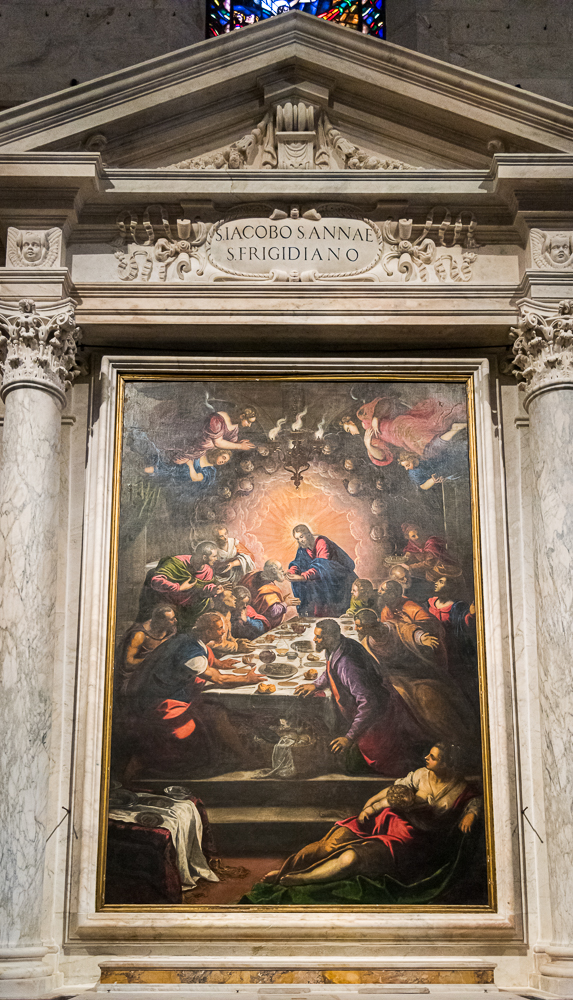
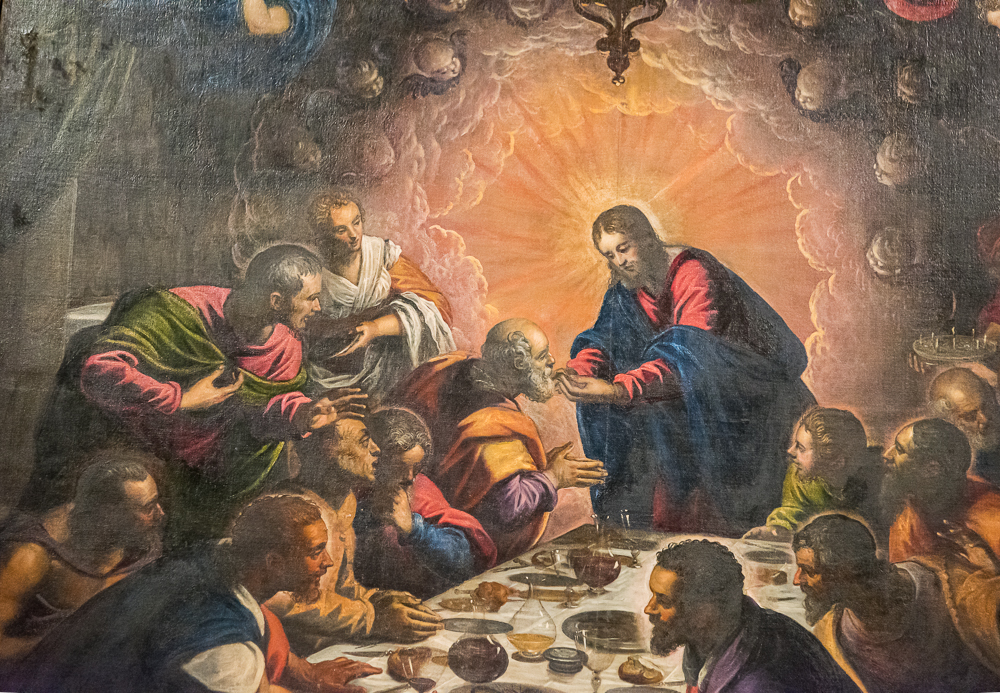
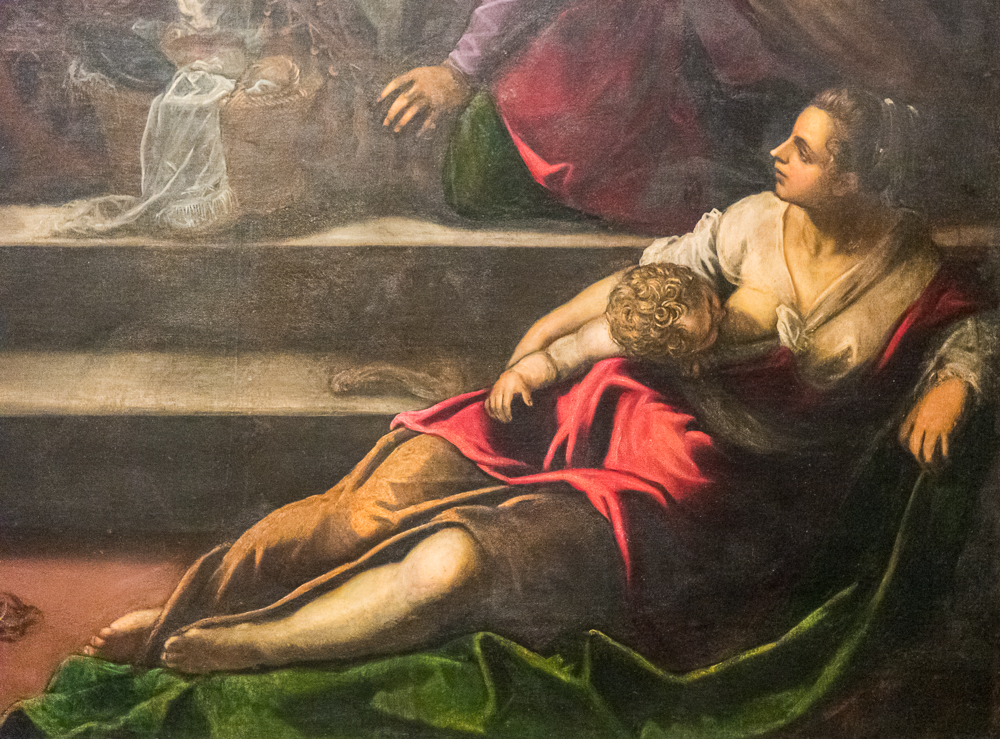
The sculpture of Saint Martin and the Beggar was created sometime between 1200 and 1210. Saint Martin/Martin of Tours is one of the most recognized saints in France and is a patron saint in communities across Europe. This cathedral was named after him.
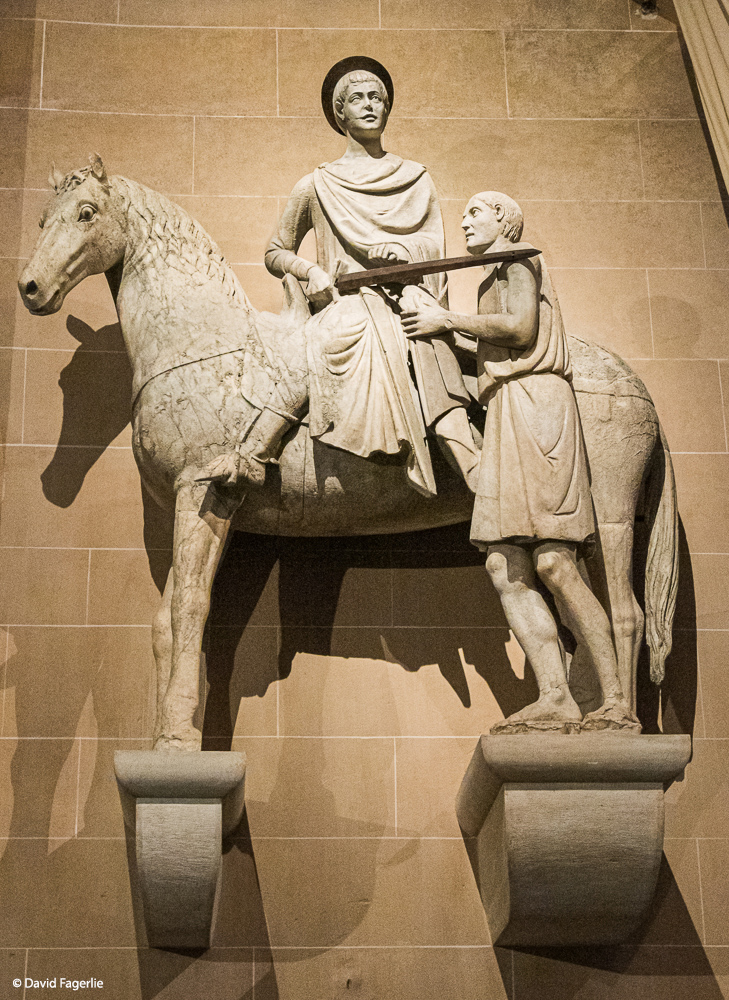
In 1403 Ilaria del Carretto married Paolo Guinigi. She died at age 26 after giving birth to her daughter. Upon her death Paolo commissioned the sculptor Jacopo della Quercia to create a marble sarcophagus which is now located in the cathedral. The sarcophagus was never used and Ilaria was buried elsewhere. In 1412 della Quercia was commissioned to design the Trenta Chapel at the basilica of San Frediano, our next stop, but he was accused of serious crimes and fled to Siena. Here are a couple of pictures of the sarcophagus then we are off to the basilica. On the way I stopped in the rain to admire a statue of Luigi Boccherini (1743-1805), who was from Lucca. He is among my favorite composers.
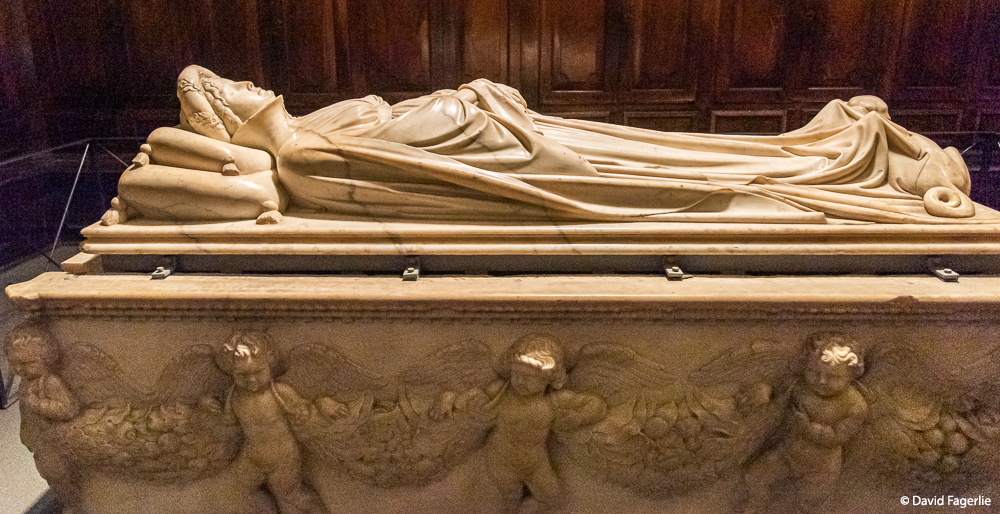
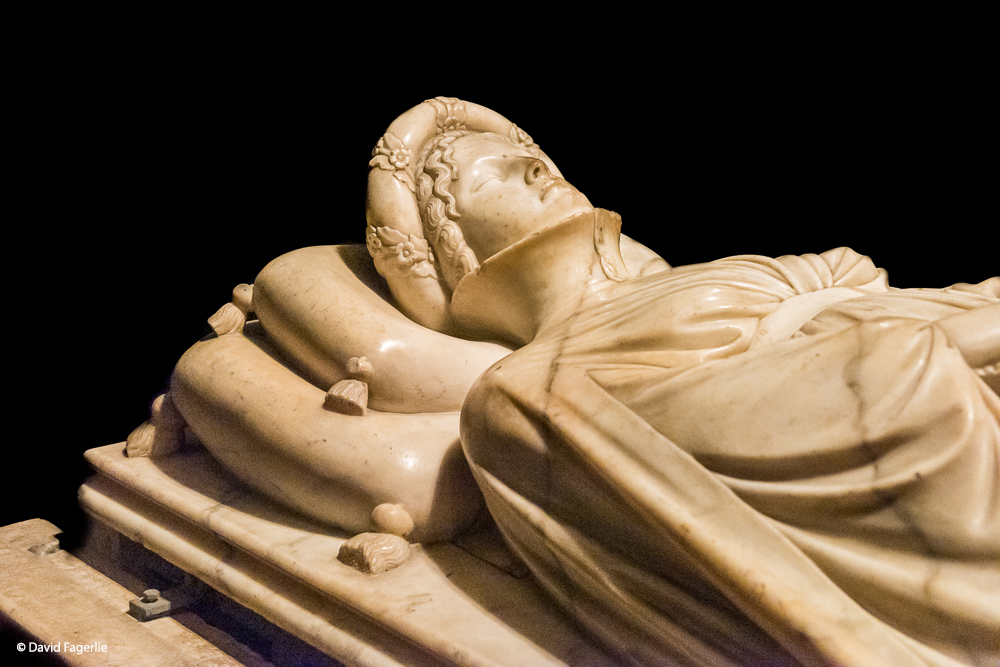
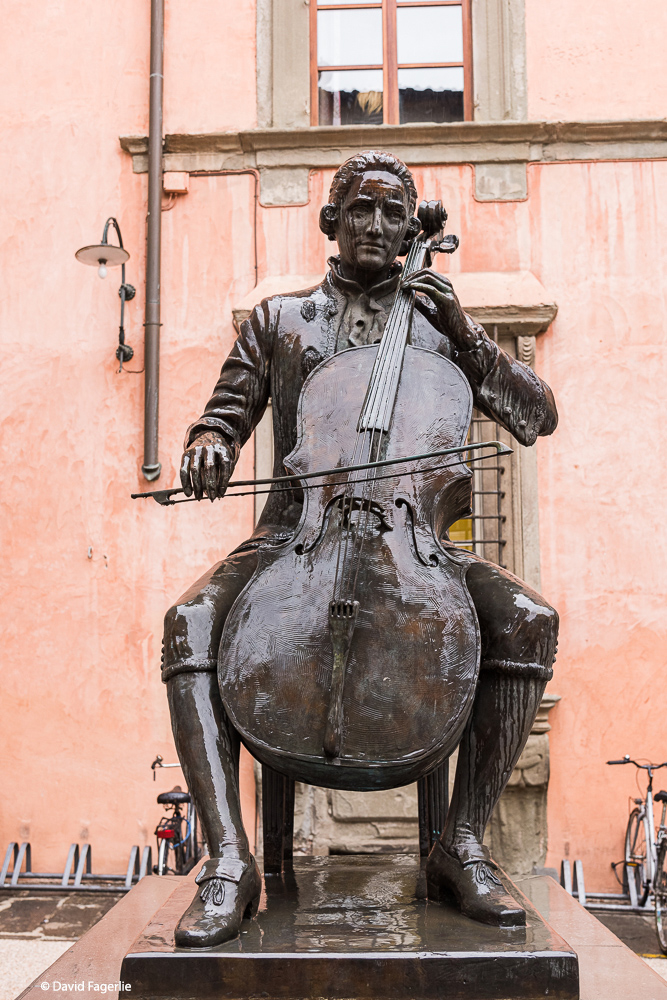
Basilica of San Frediano
Frediano, an Irish bishop of Lucca in the early 6th century, had a church built and dedicated to Saint Vincent, a martyr from Spain. After Frediano was buried in the church it was renamed the Basilica of San Frediano. The present appearance of the church was created between 1112 and 1147. In the 13th and 14th centuries the facade was decorated with a huge mosaic representing the ascension of Christ, designed by Berlinghiero Berlinghieri in a Byzantine style.
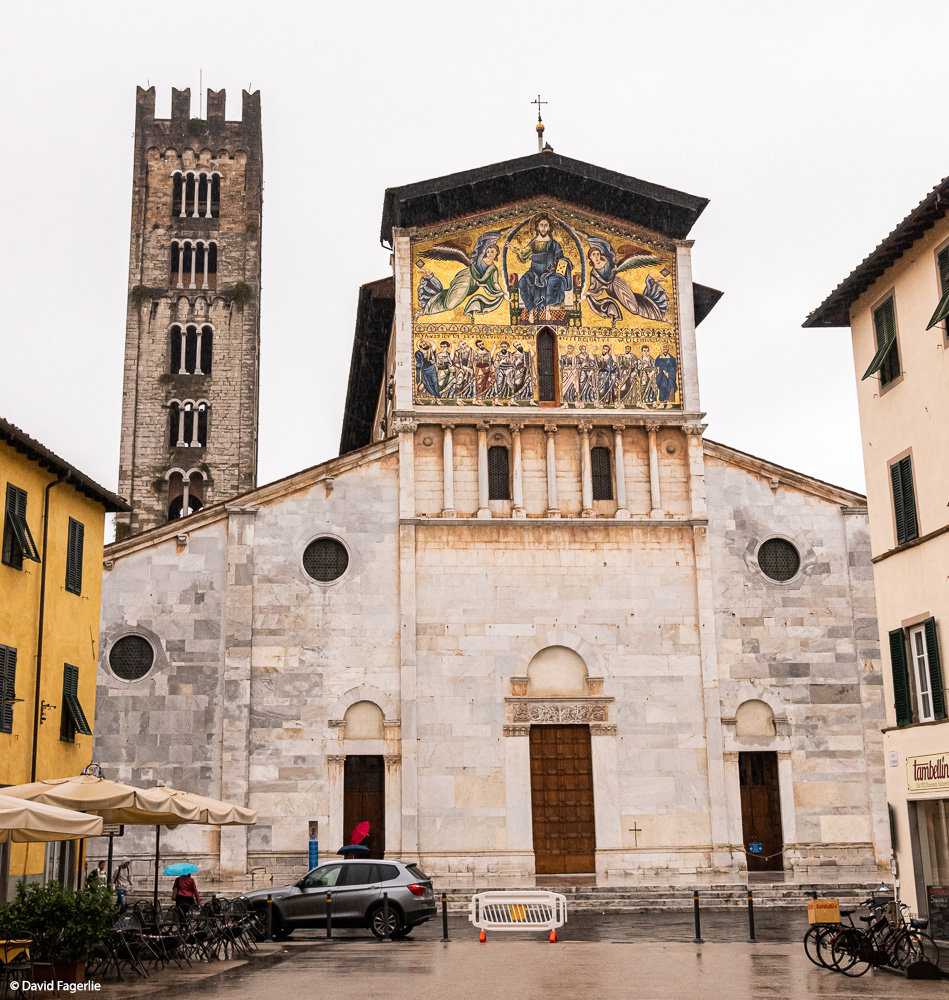
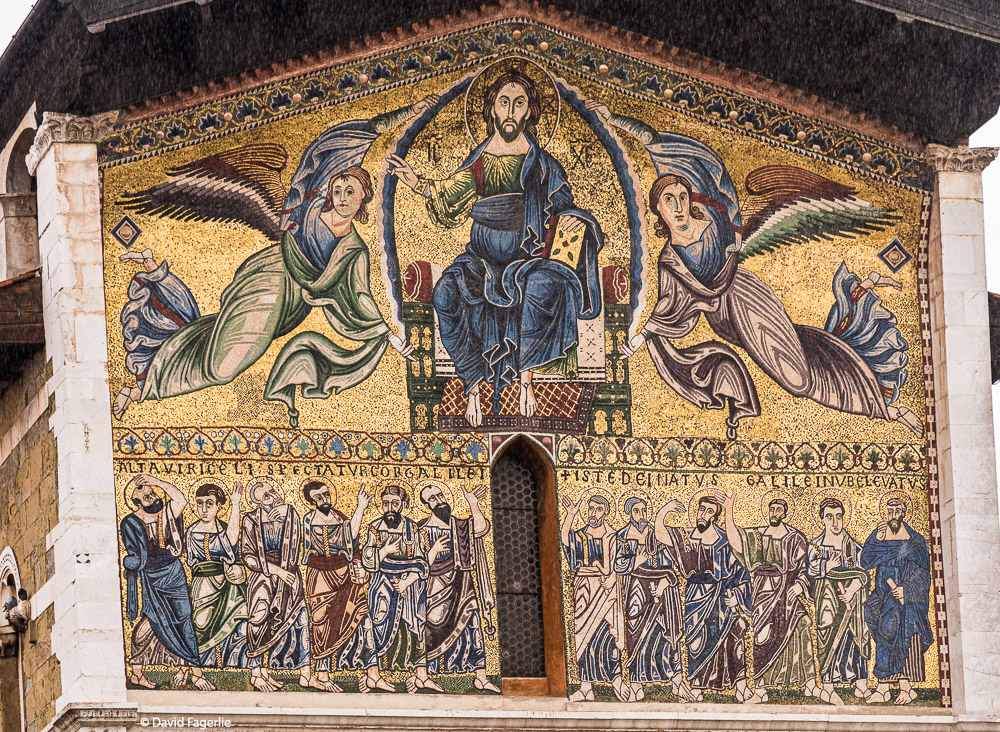
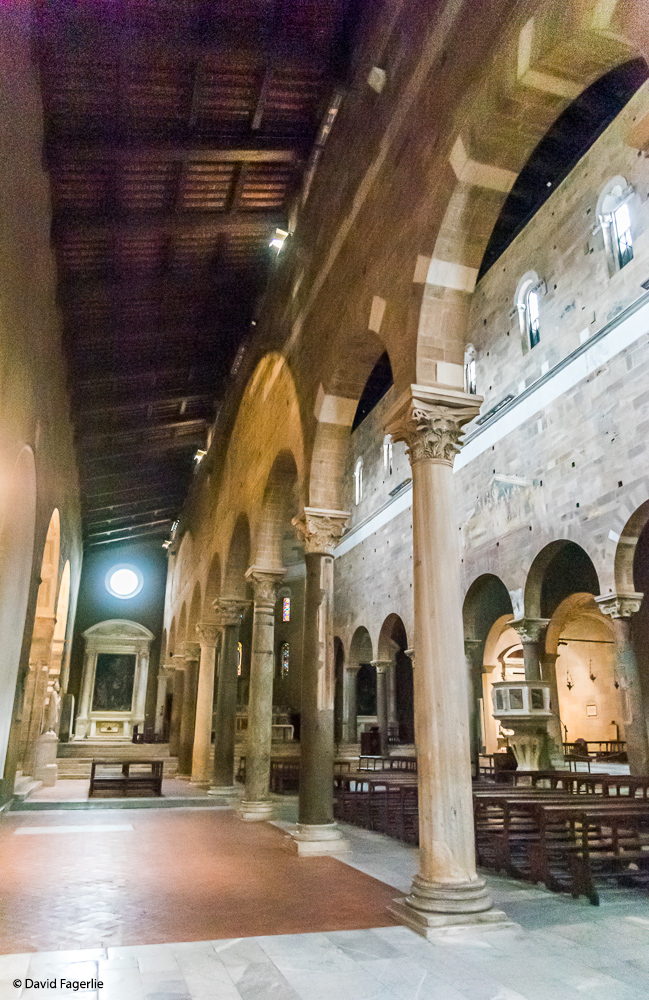
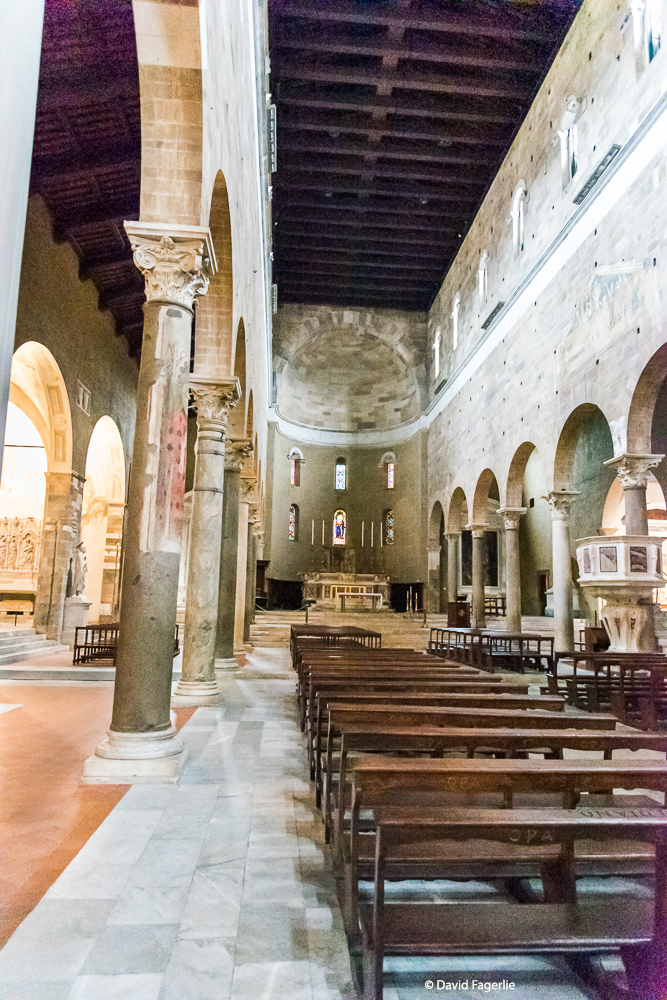
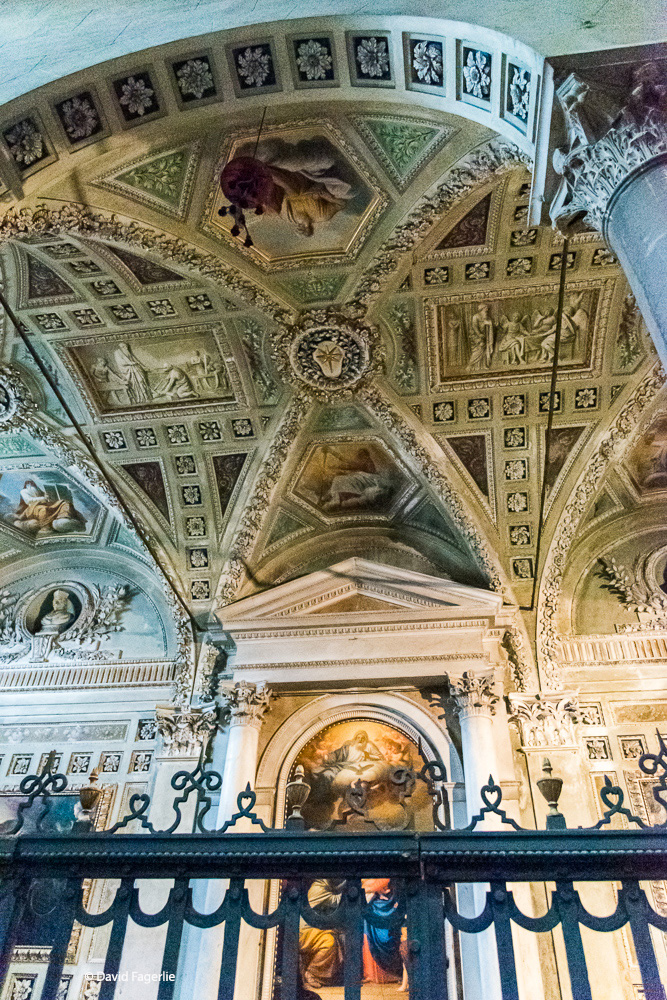
The painting in the basilica is one of the oldest medieval early 12th century paintings of the saints Lorenzo, Stefano and Vincenzo, after whom the church was first named. The baptismal font dates to the 12th century.
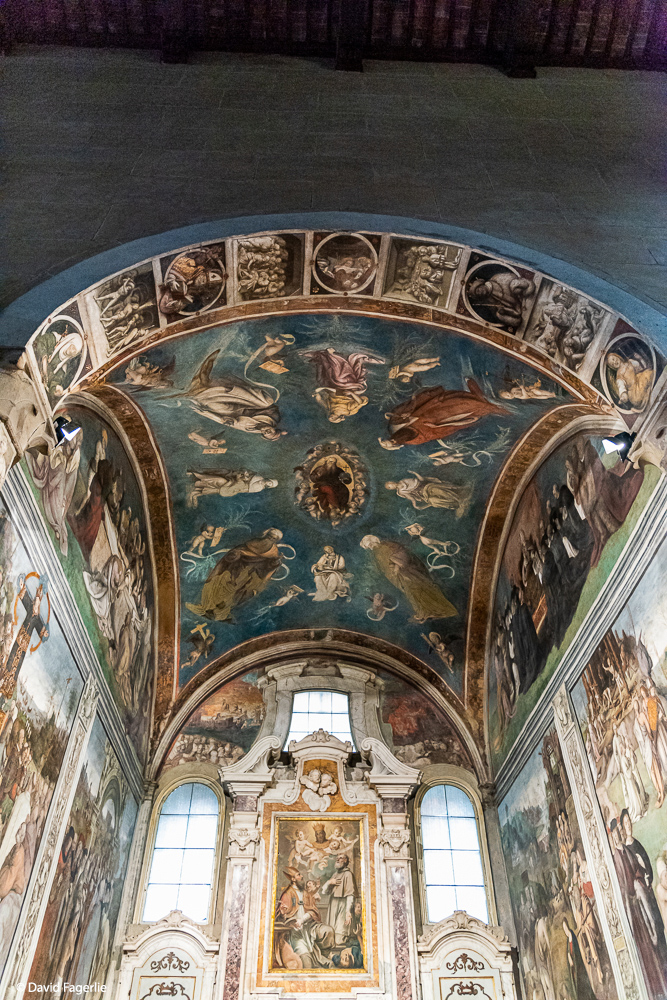
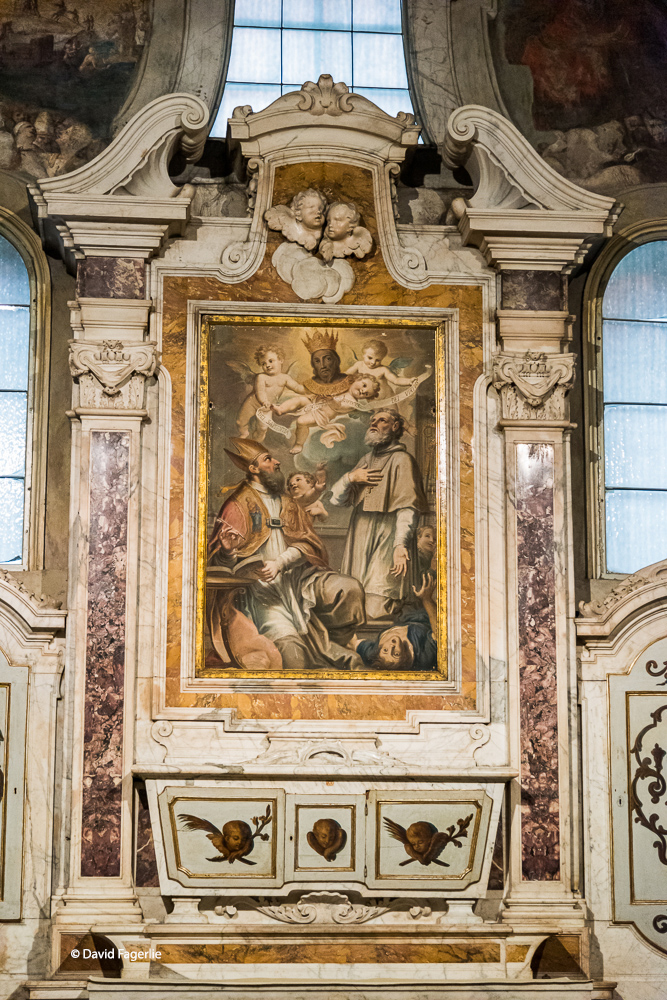
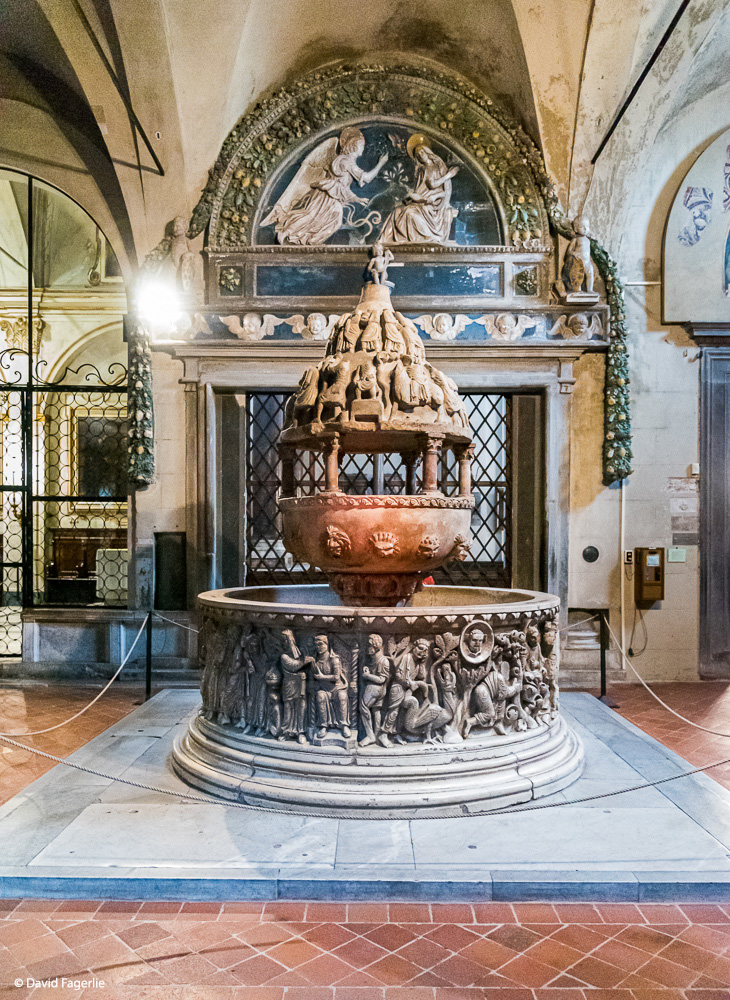
“Santa Zita is the patron saint of domestic servants, housewives and also bakers, because of a miracle by which she is said to have transformed bread into roses to defend herself from the accusation of having stolen it from the family where she was in service to give it to the poor. The saintly aura that already surrounded her during her lifetime was fed by the fact that her body, on being exhumed, was found completely intact.
This is probably explained by the characteristics of the ground, which is extremely rich in minerals, but this did not prevent people from talking about a miracle and now the frail body of the saint is displayed in a shrine, inside a chapel decorated with the images of her life.” – Italy Guides
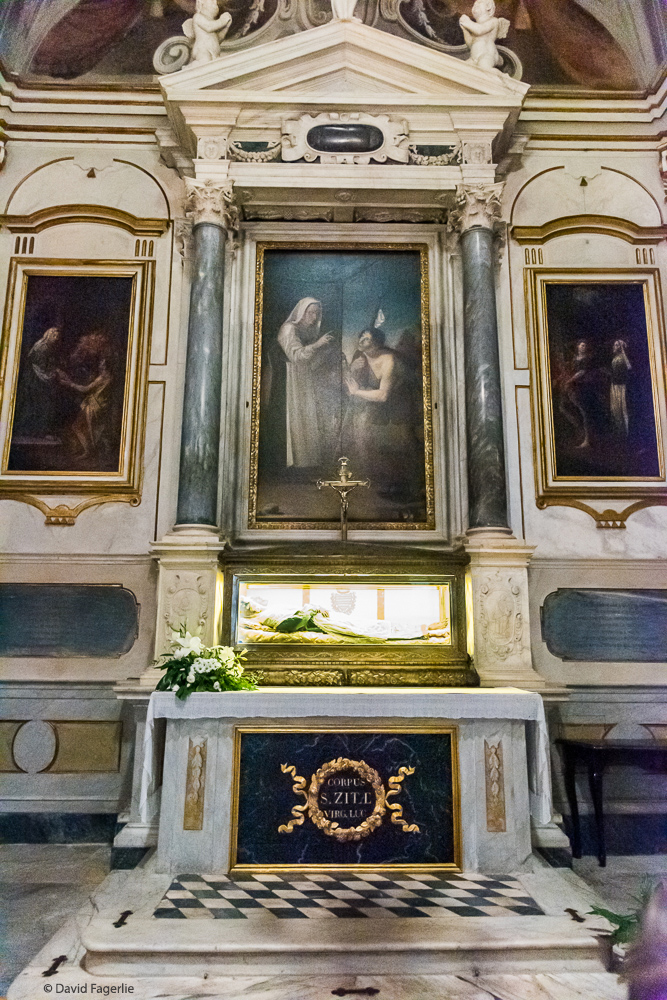
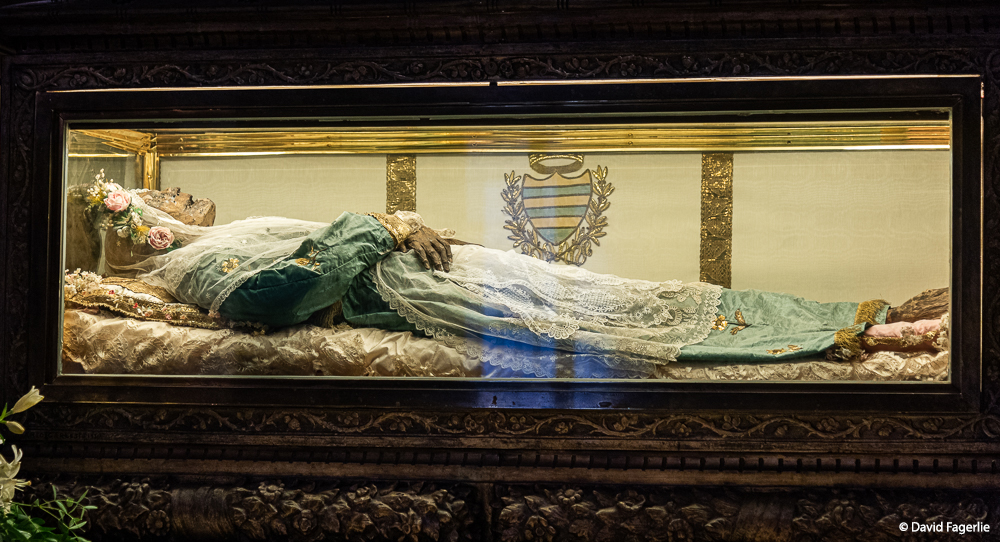
A slide show of higher resolution images is in Galleries. You can access the gallery of this chapter directly by clicking HERE.
If you have not yet subscribed to my notices of new chapters, that come out on Mondays, click on this link to go to my homepage. You can subscribe at the bottom of the page. (You can unsubscribe anytime): HOMEPAGE
Next week we travel to the comune of San Gimignano. I am so pleased that my good friend, Patrick Soricone, authored this chapter. Patrick is of Italian heritage and lives in Italy. I am confidant you will enjoy Patrick’s contribution to our tour.
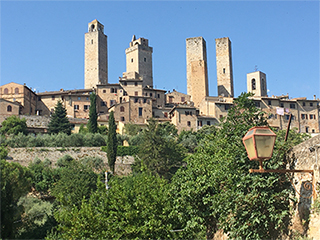
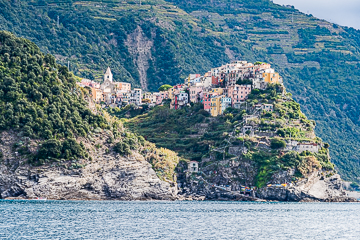
January 16, 2021
Chapter 9: San Gimignano
By Patrick Soricone, Guest Contributor